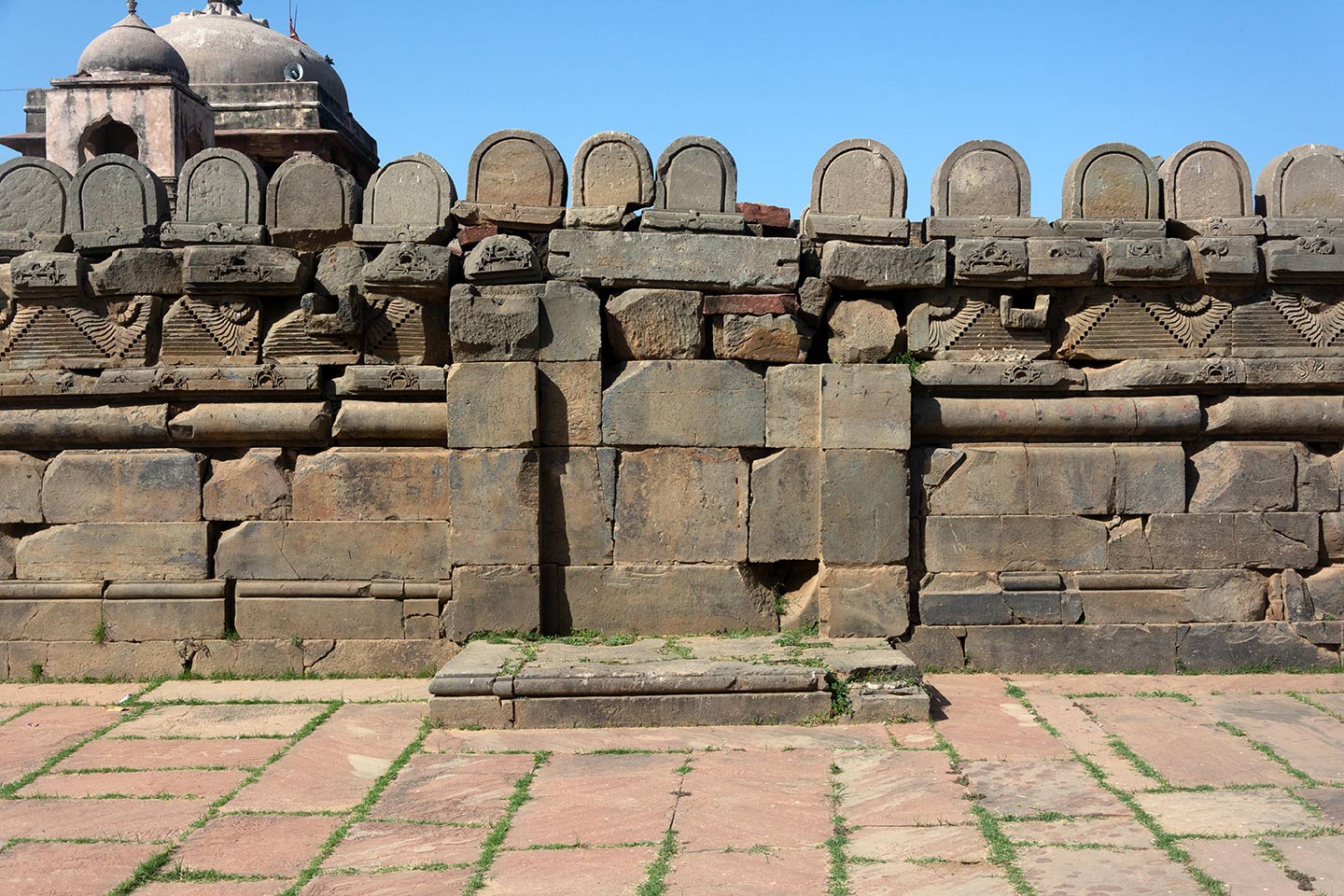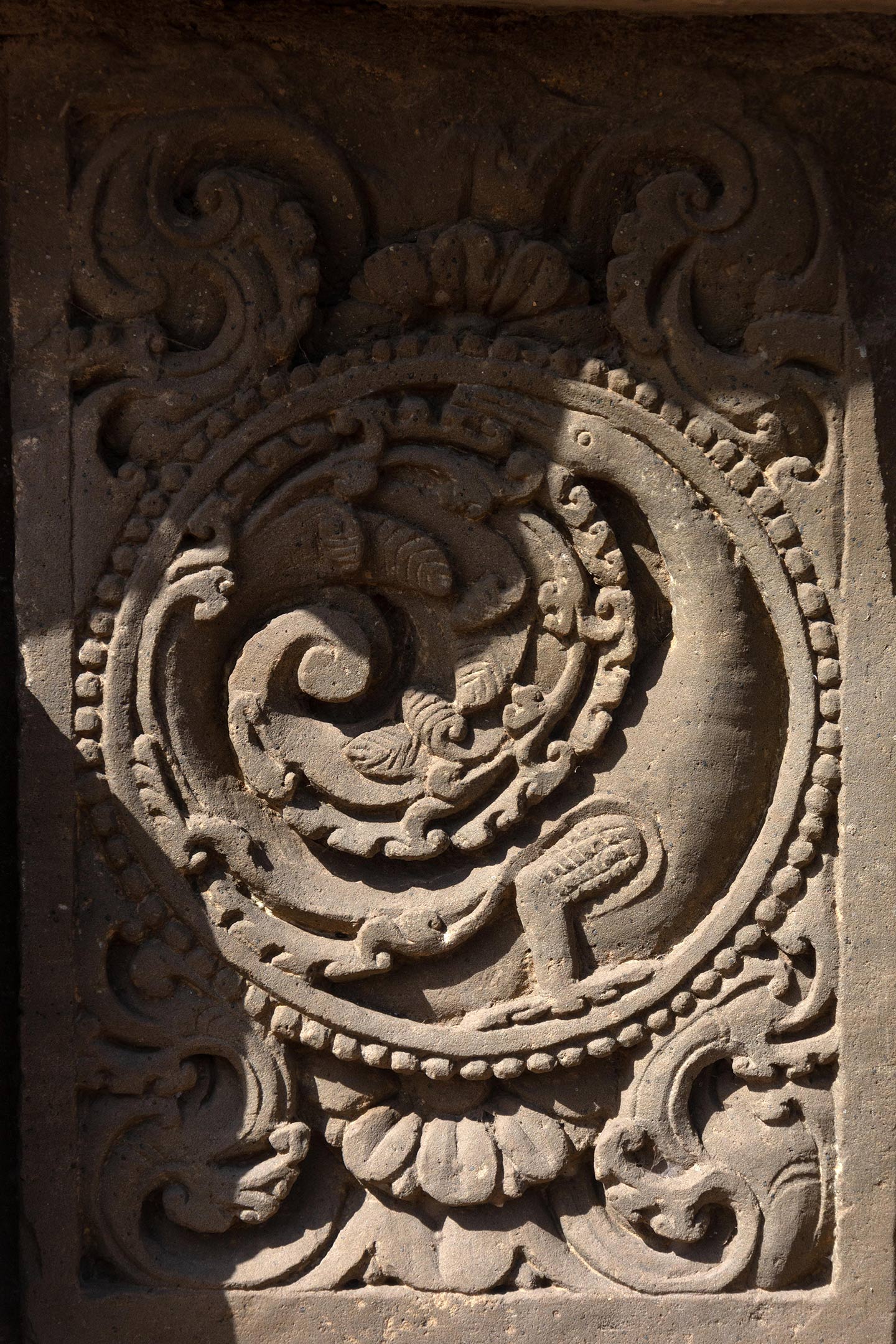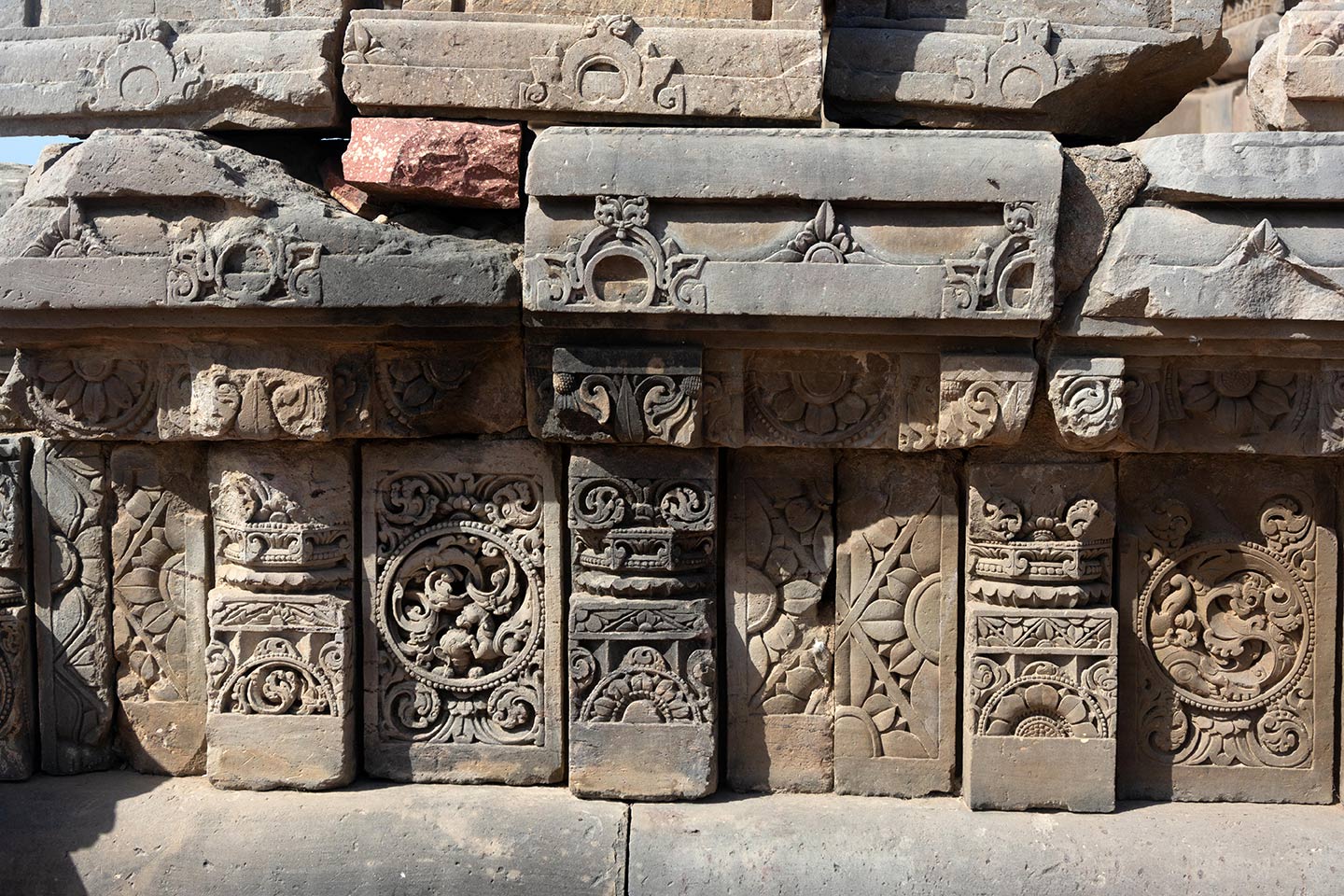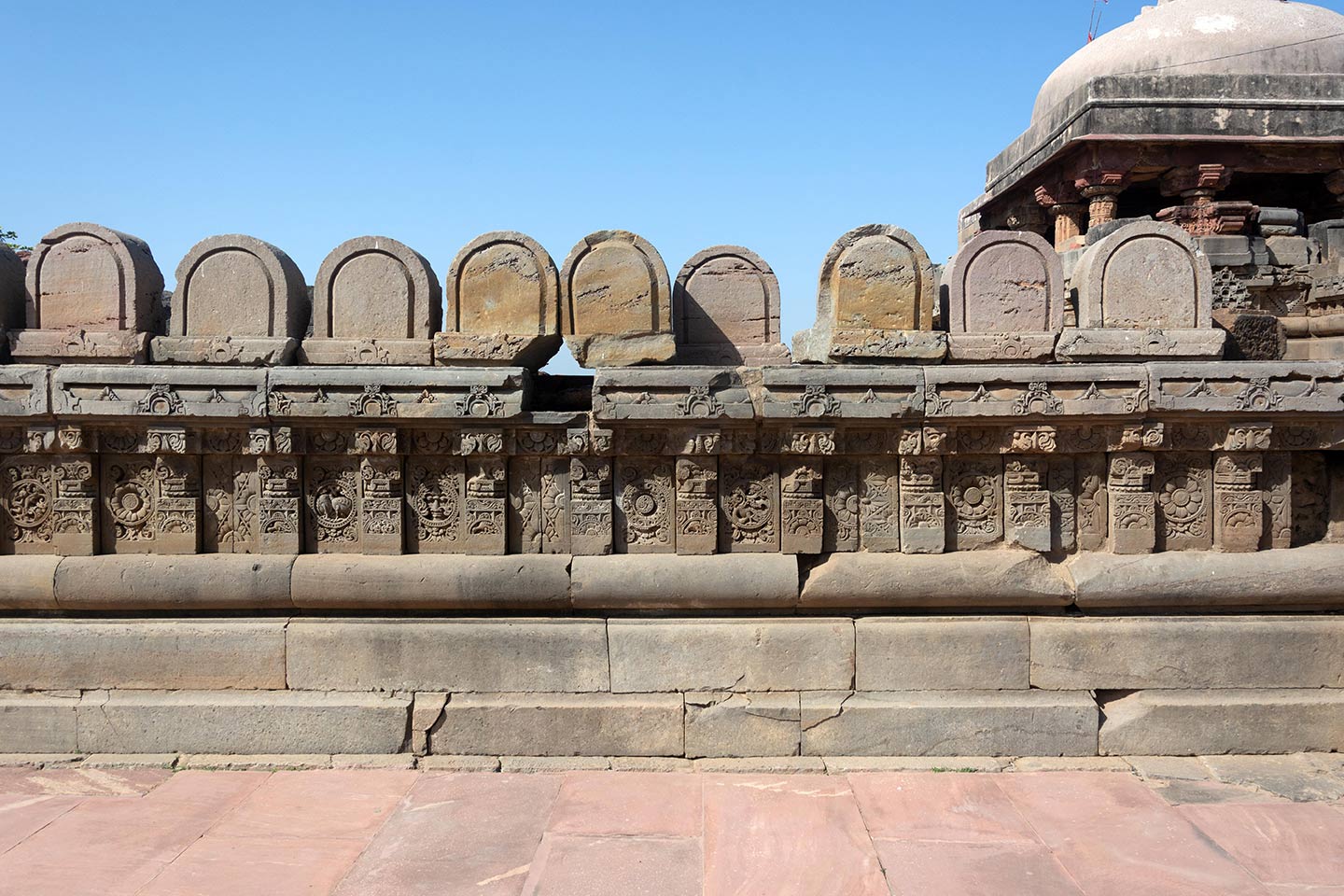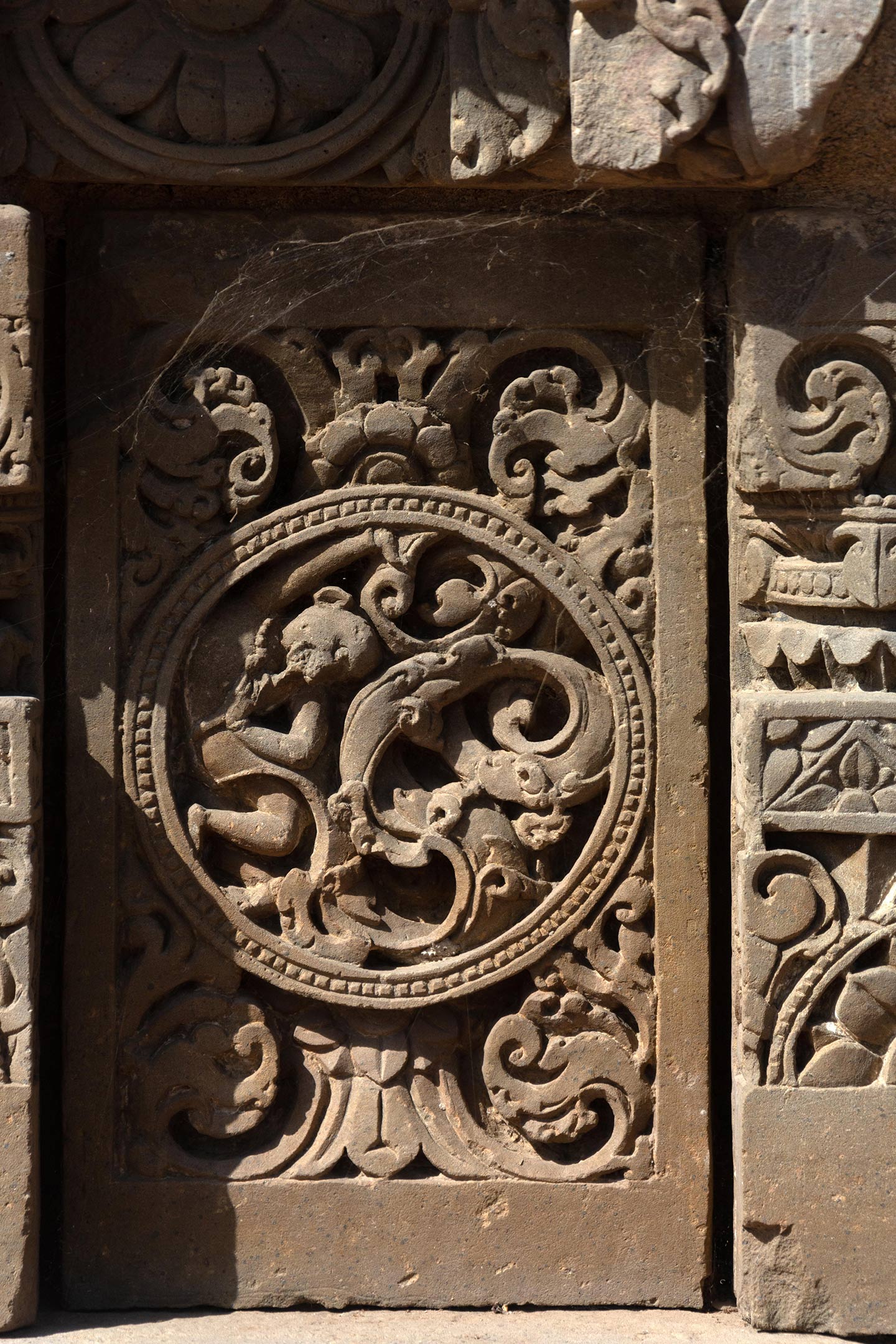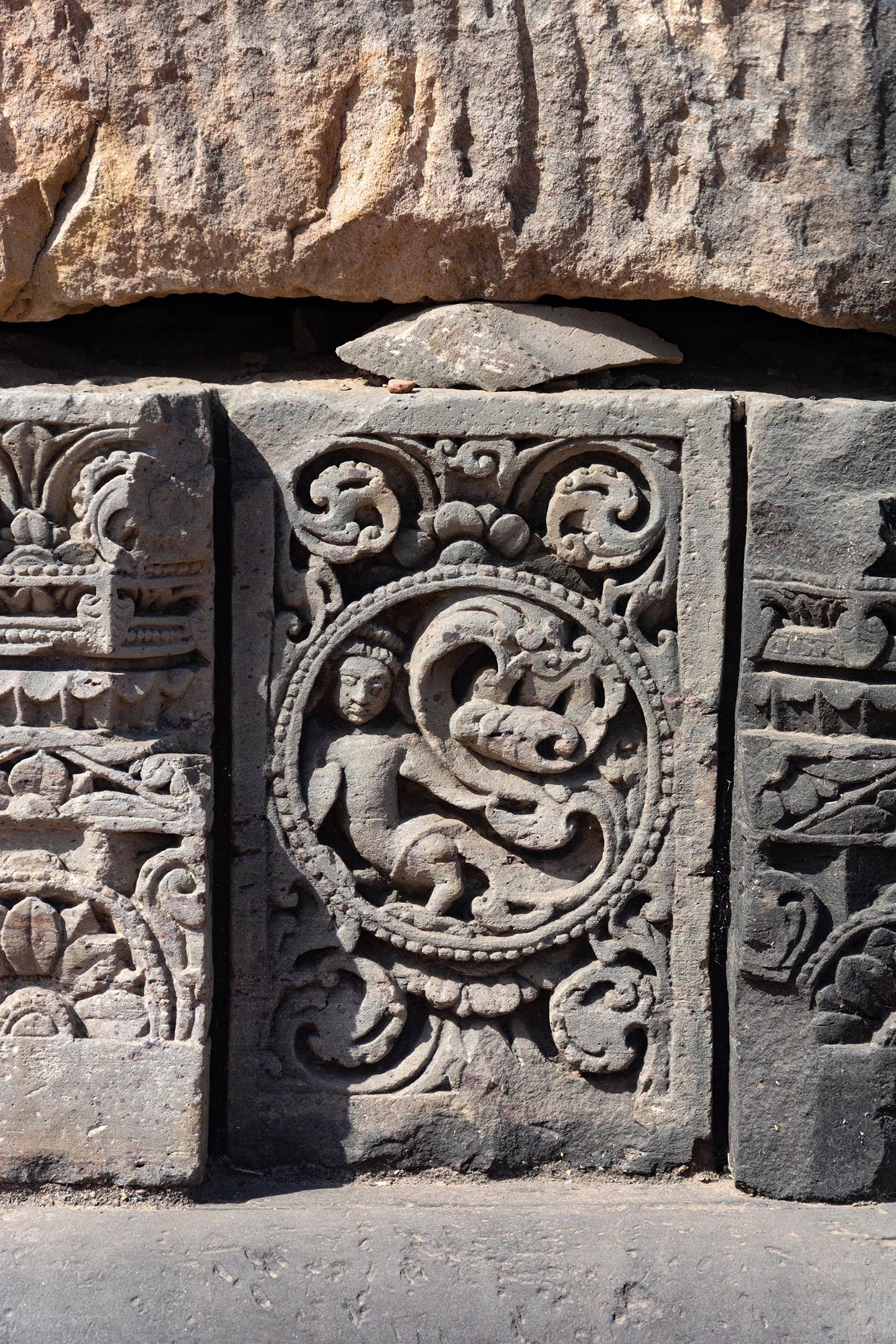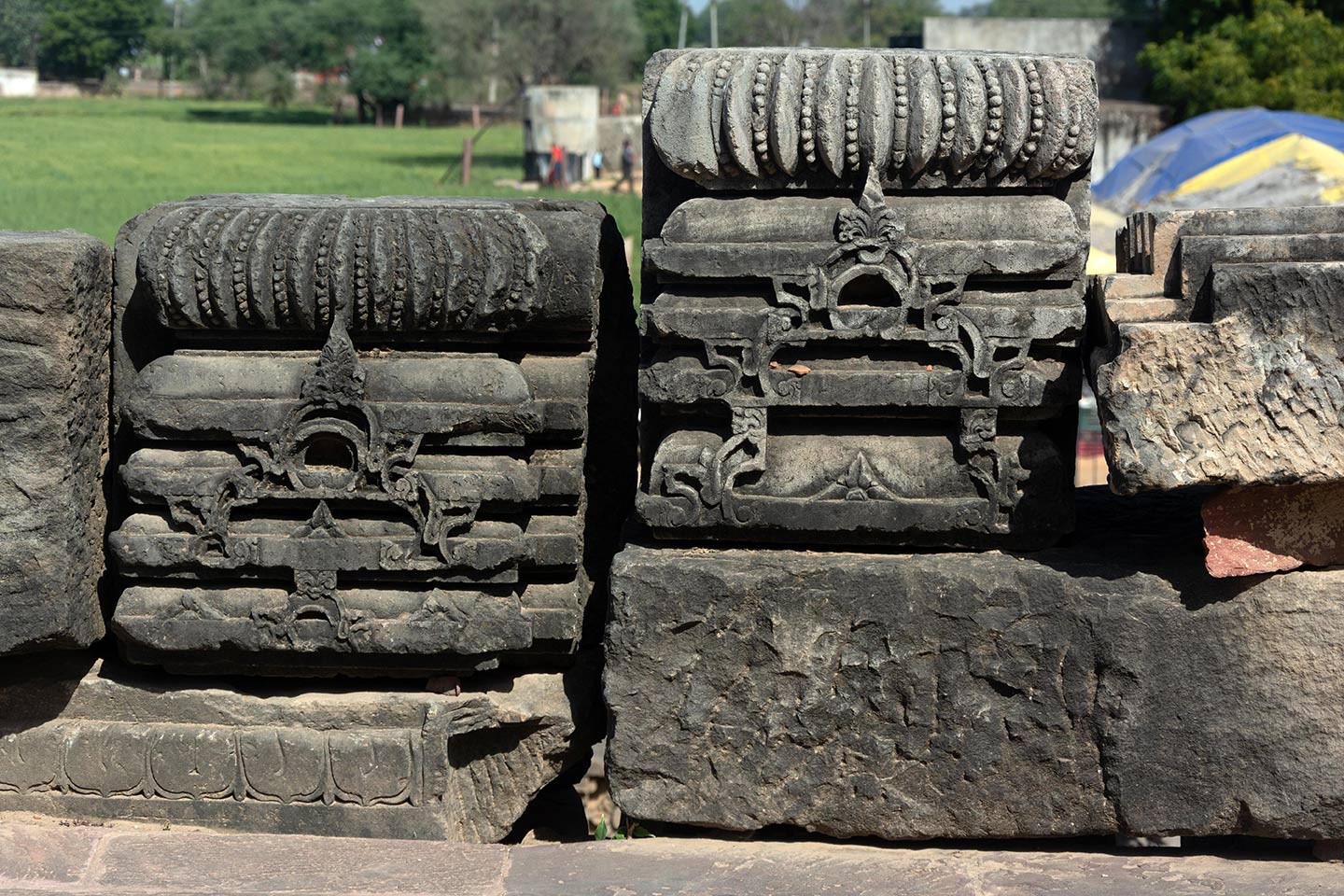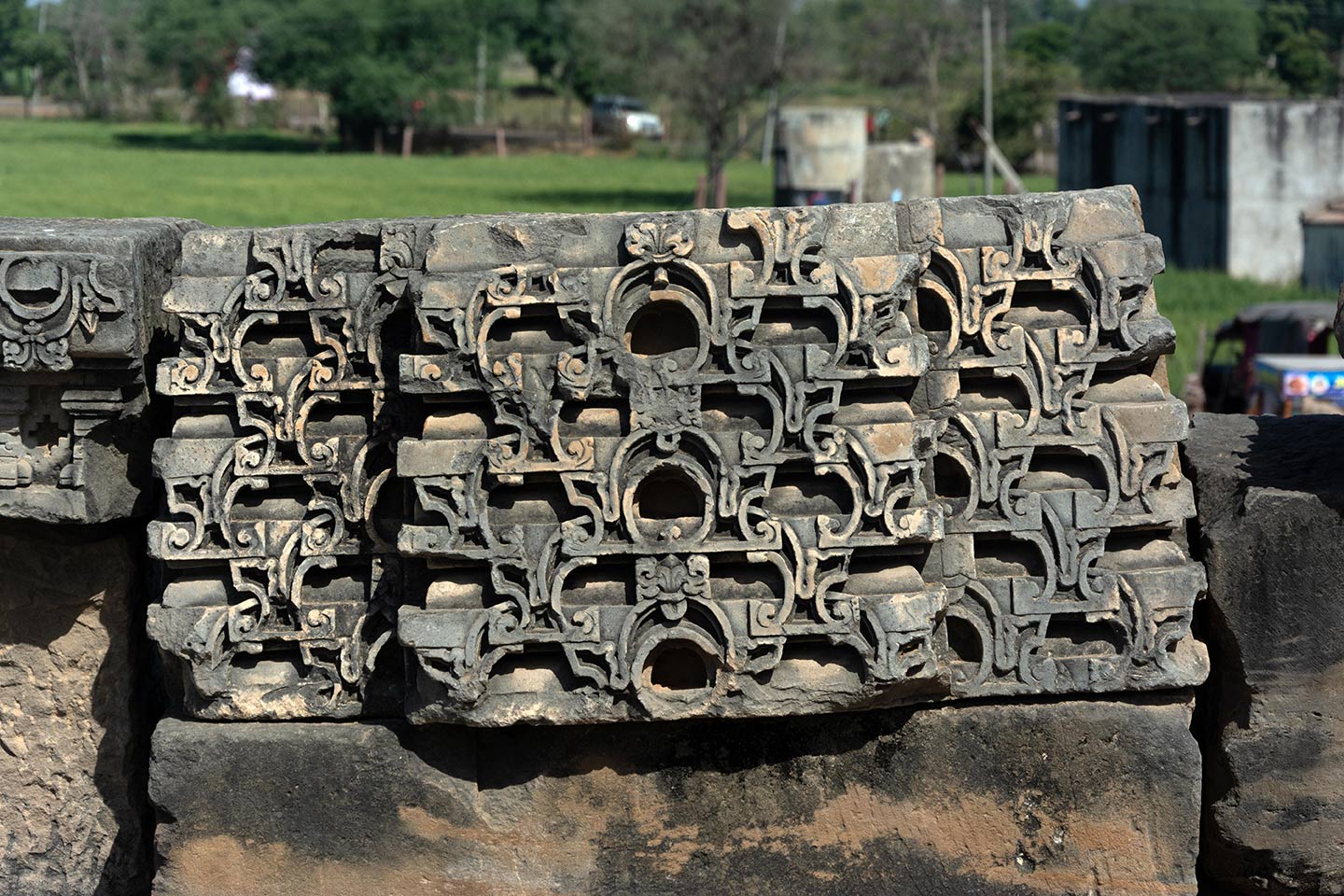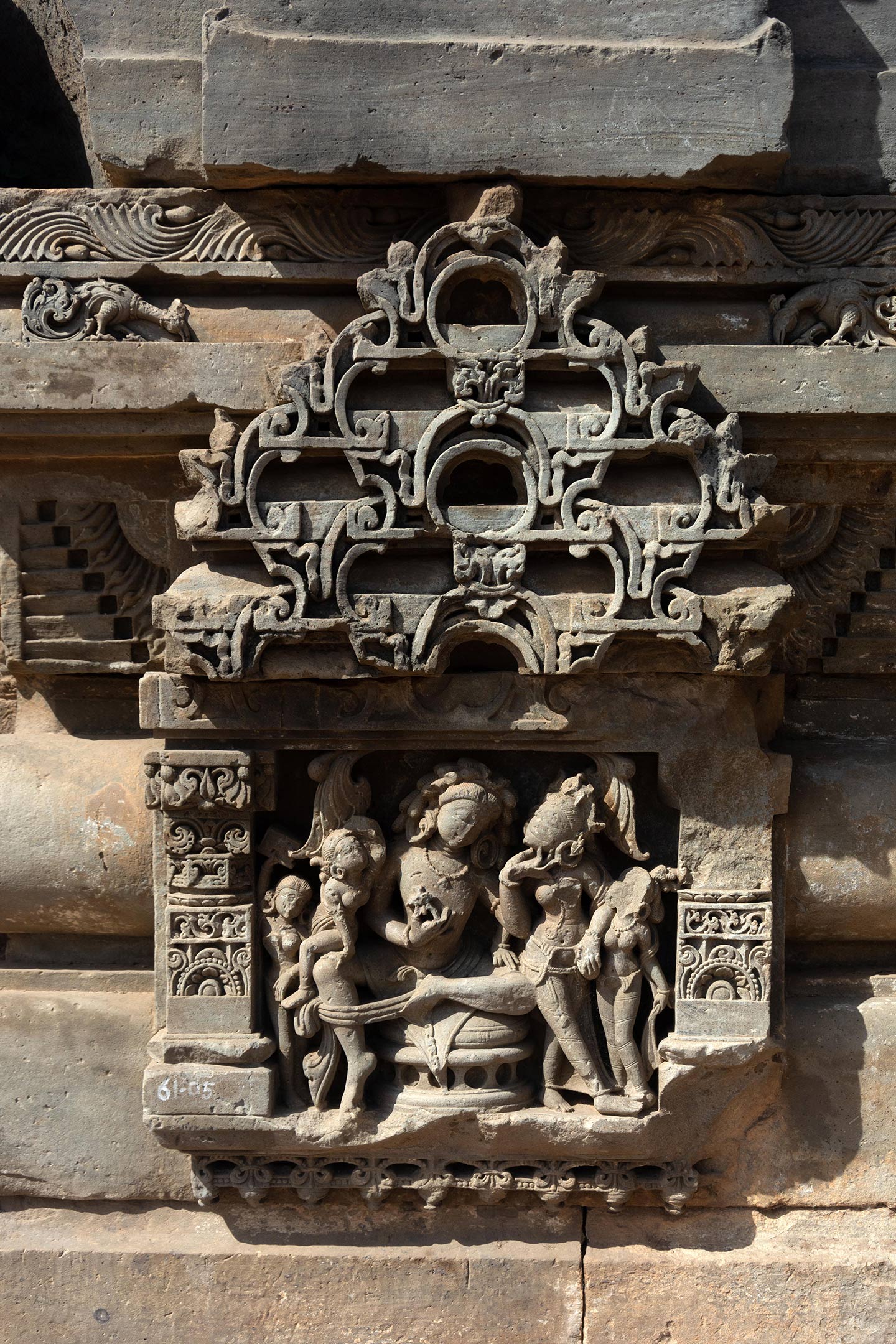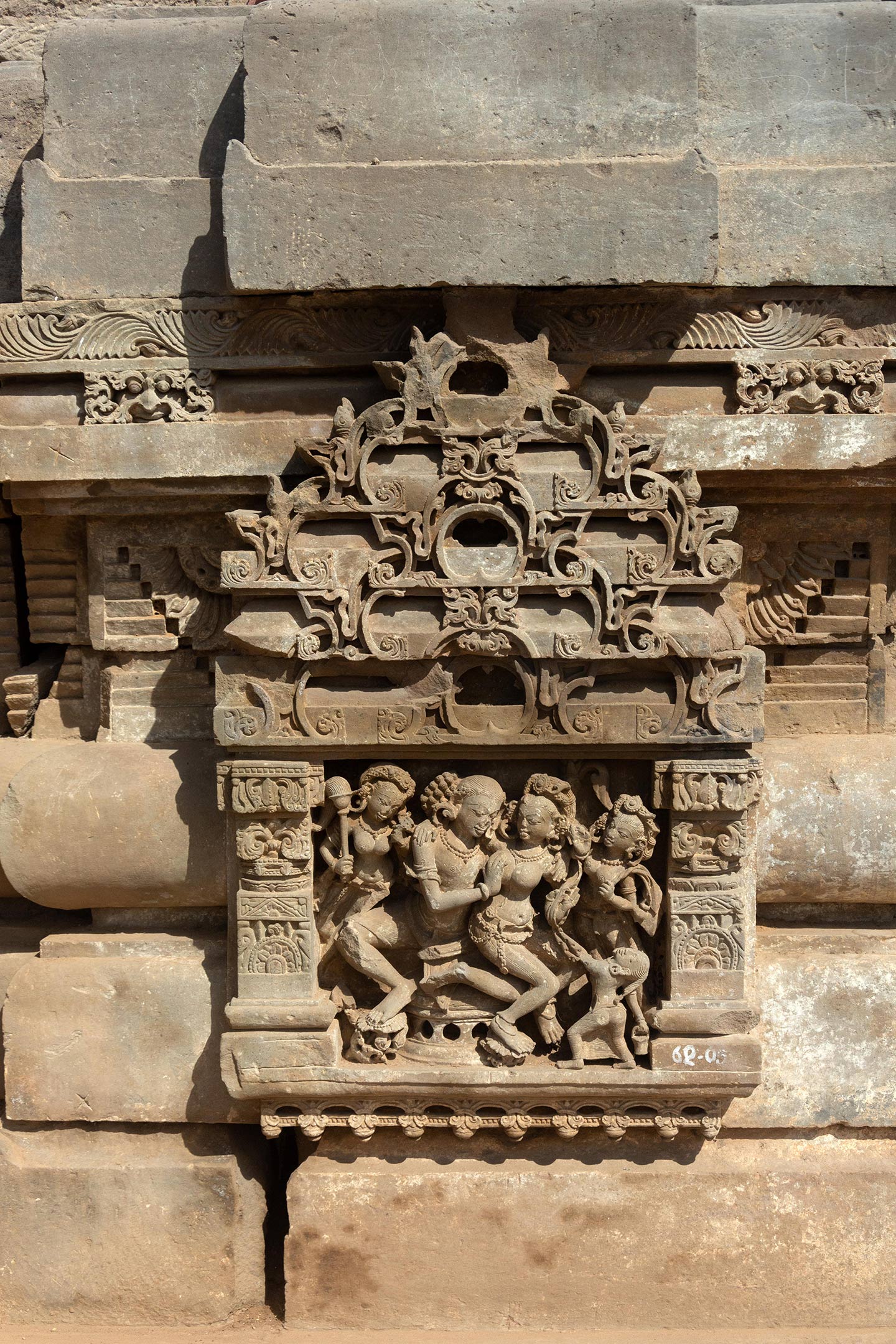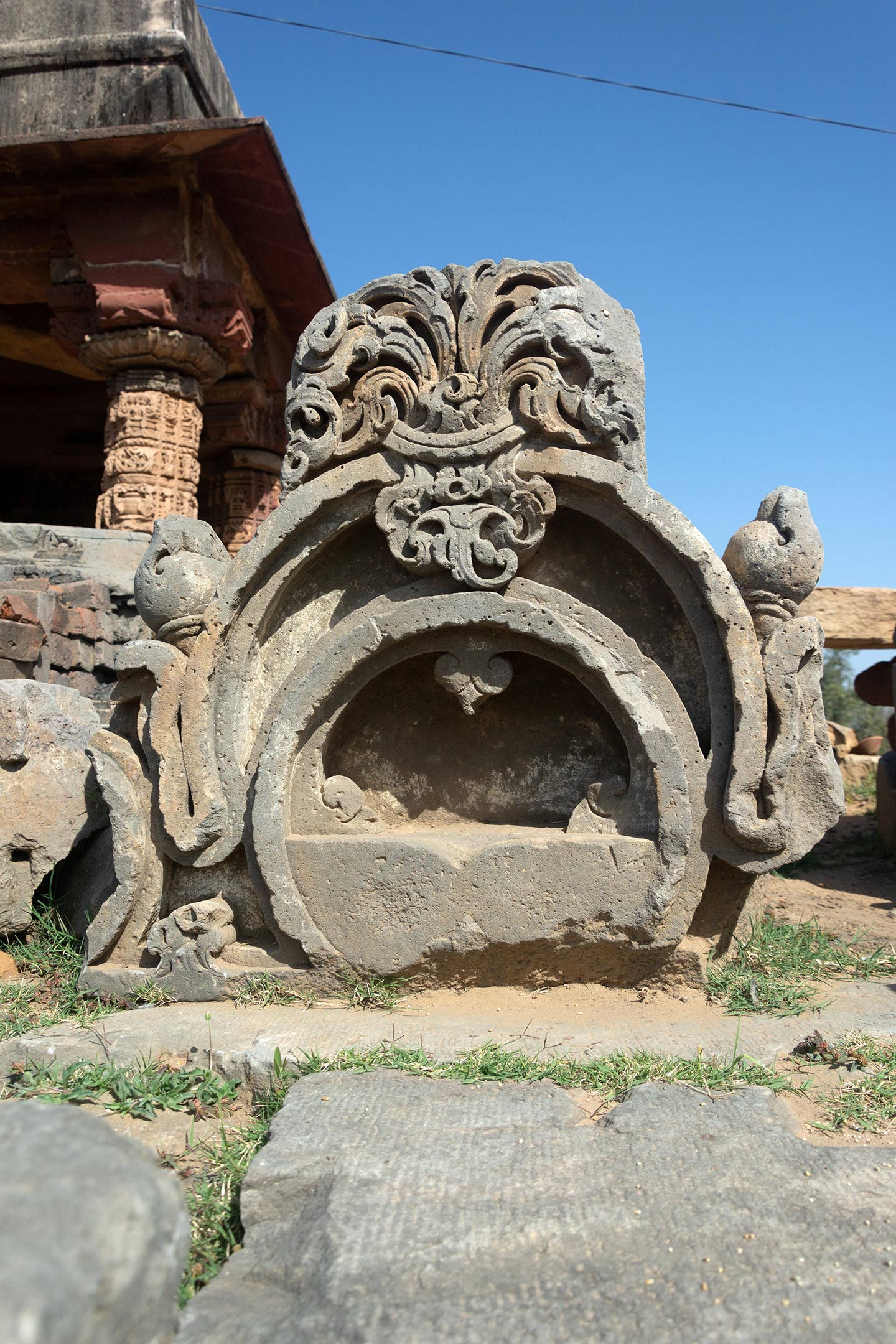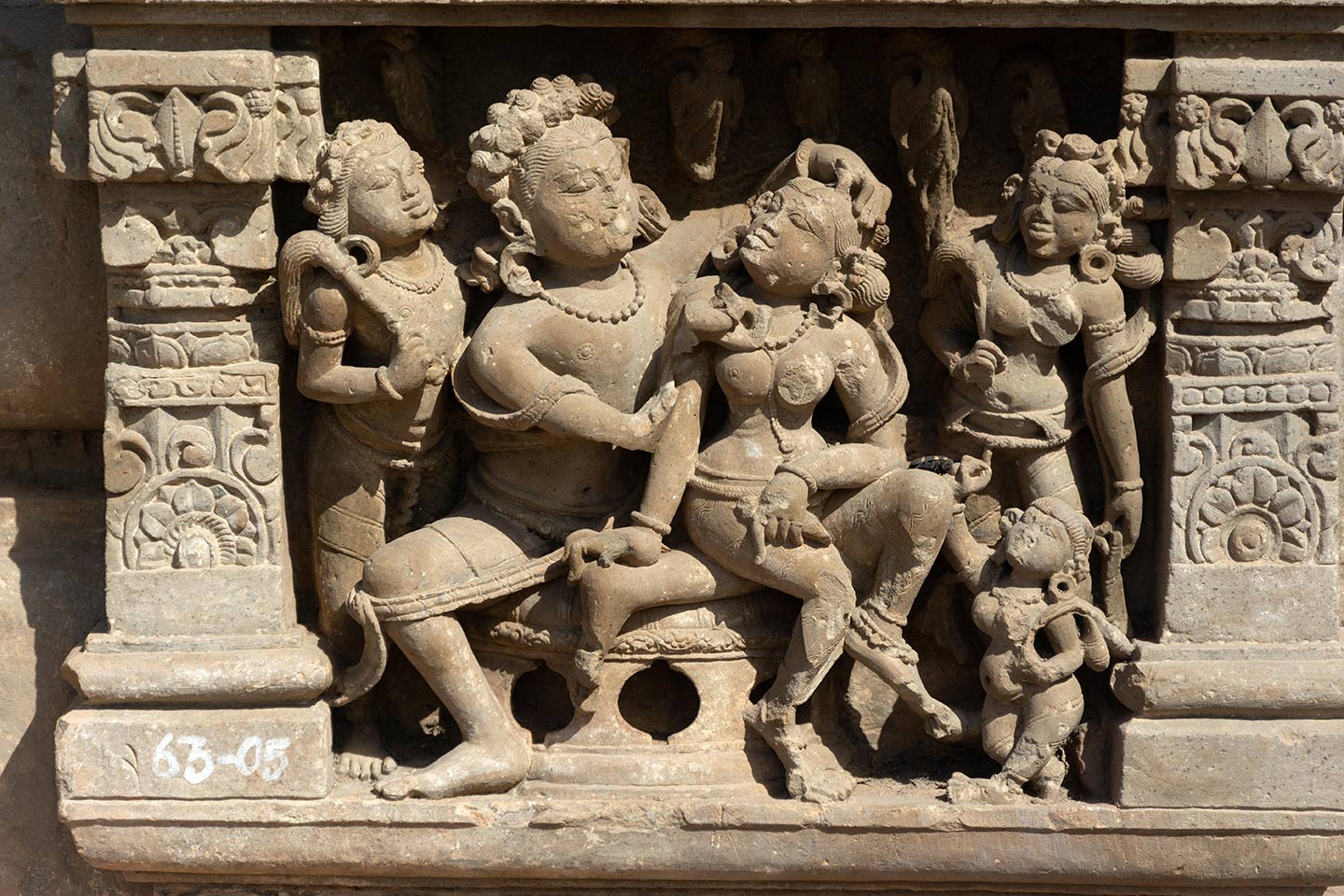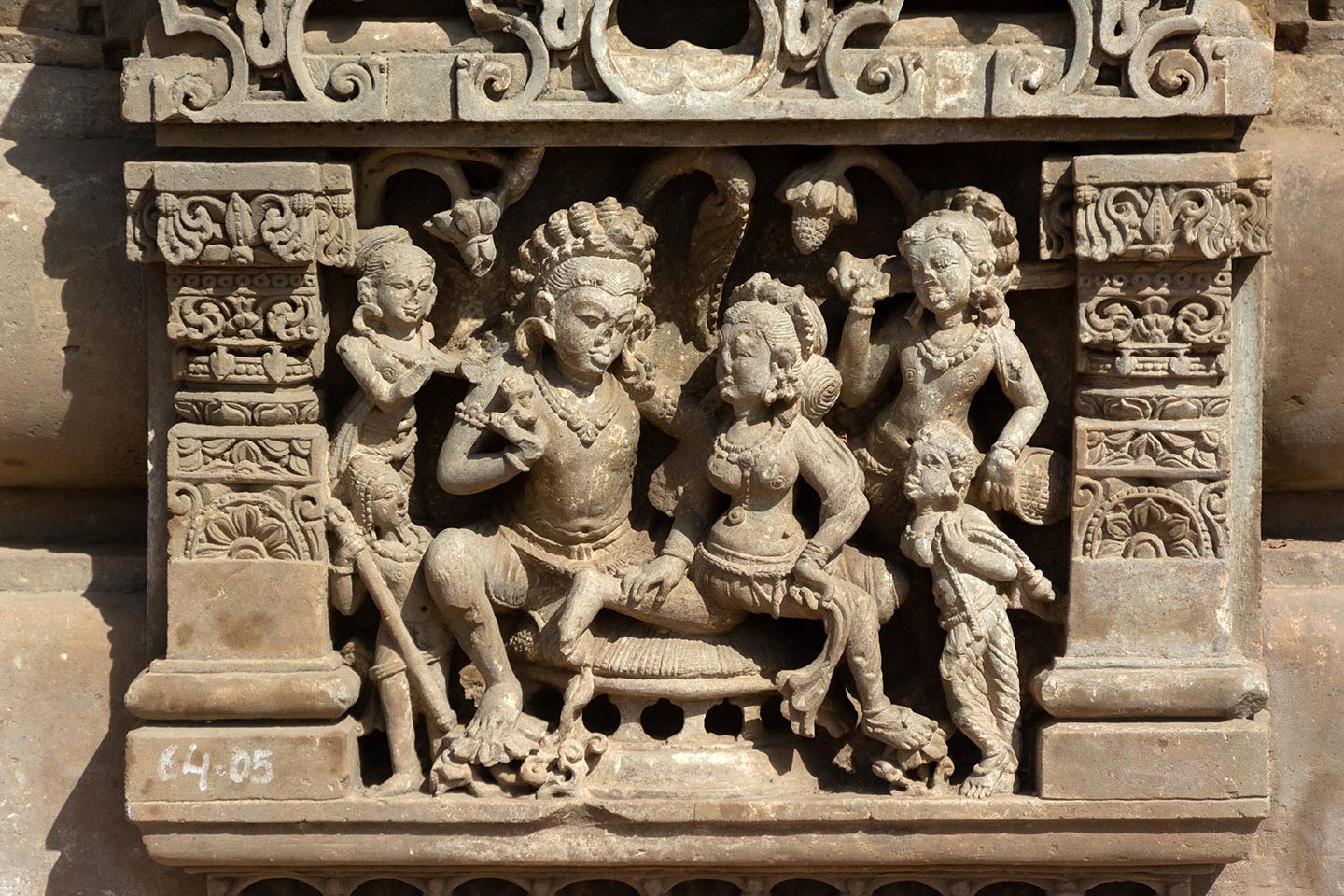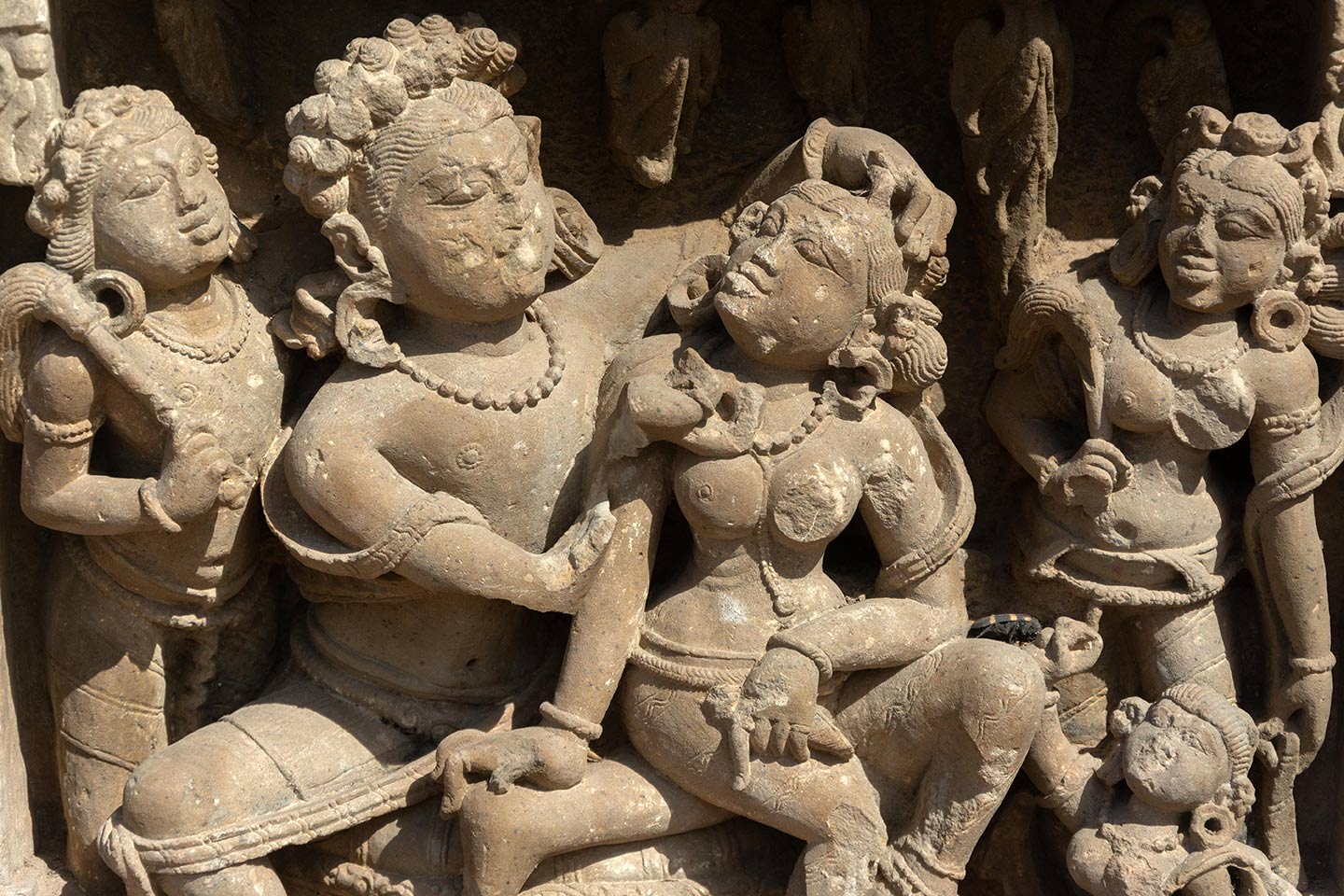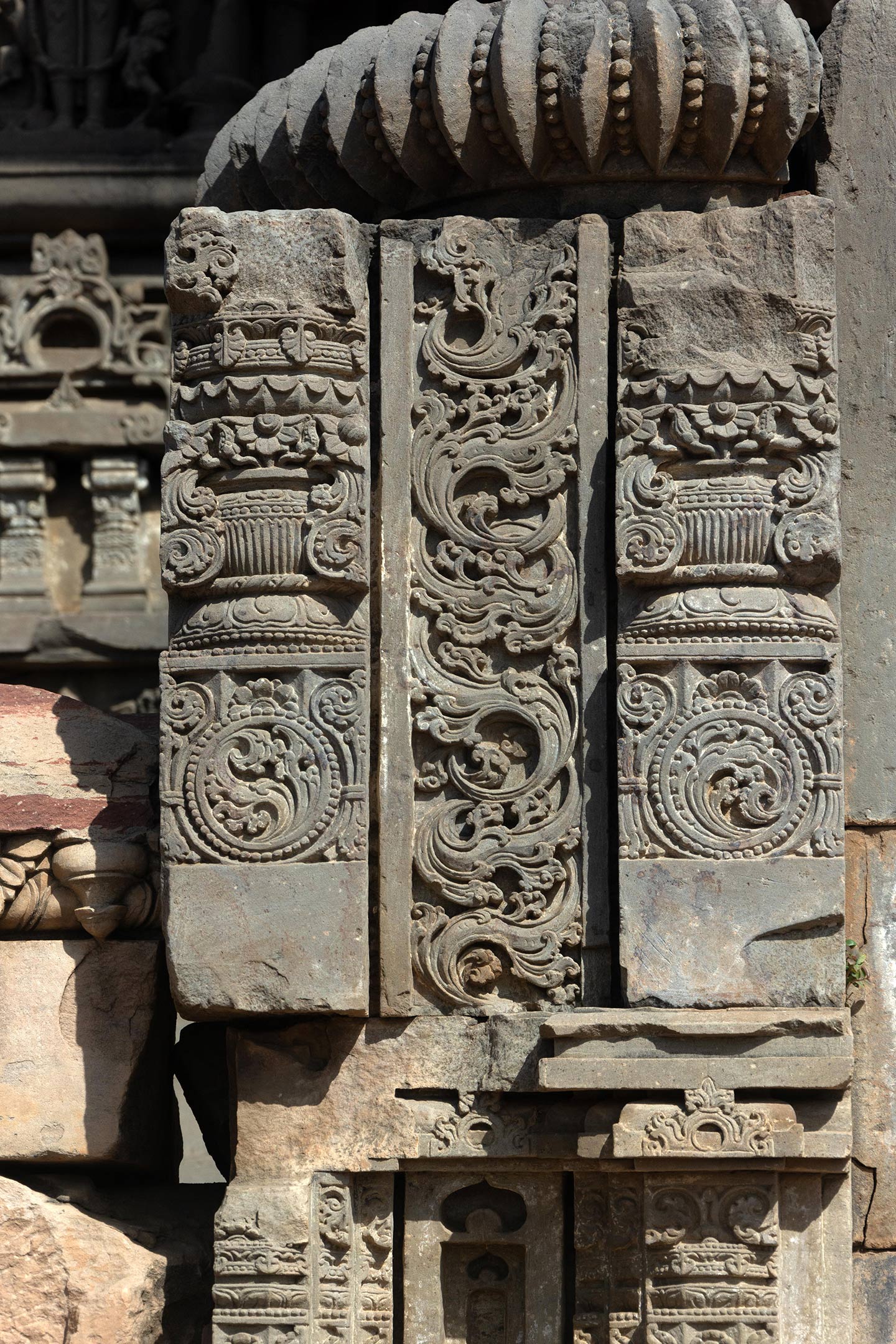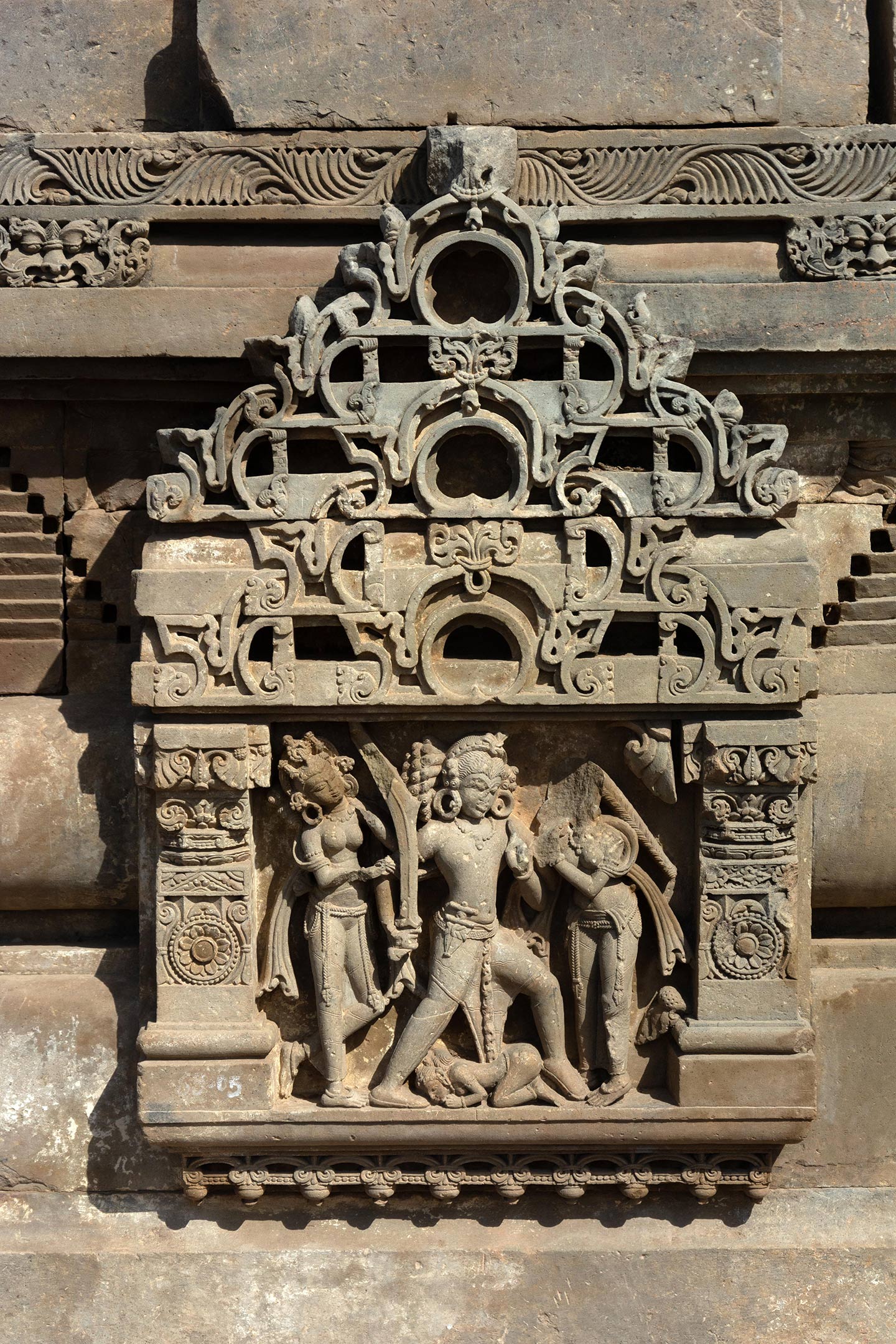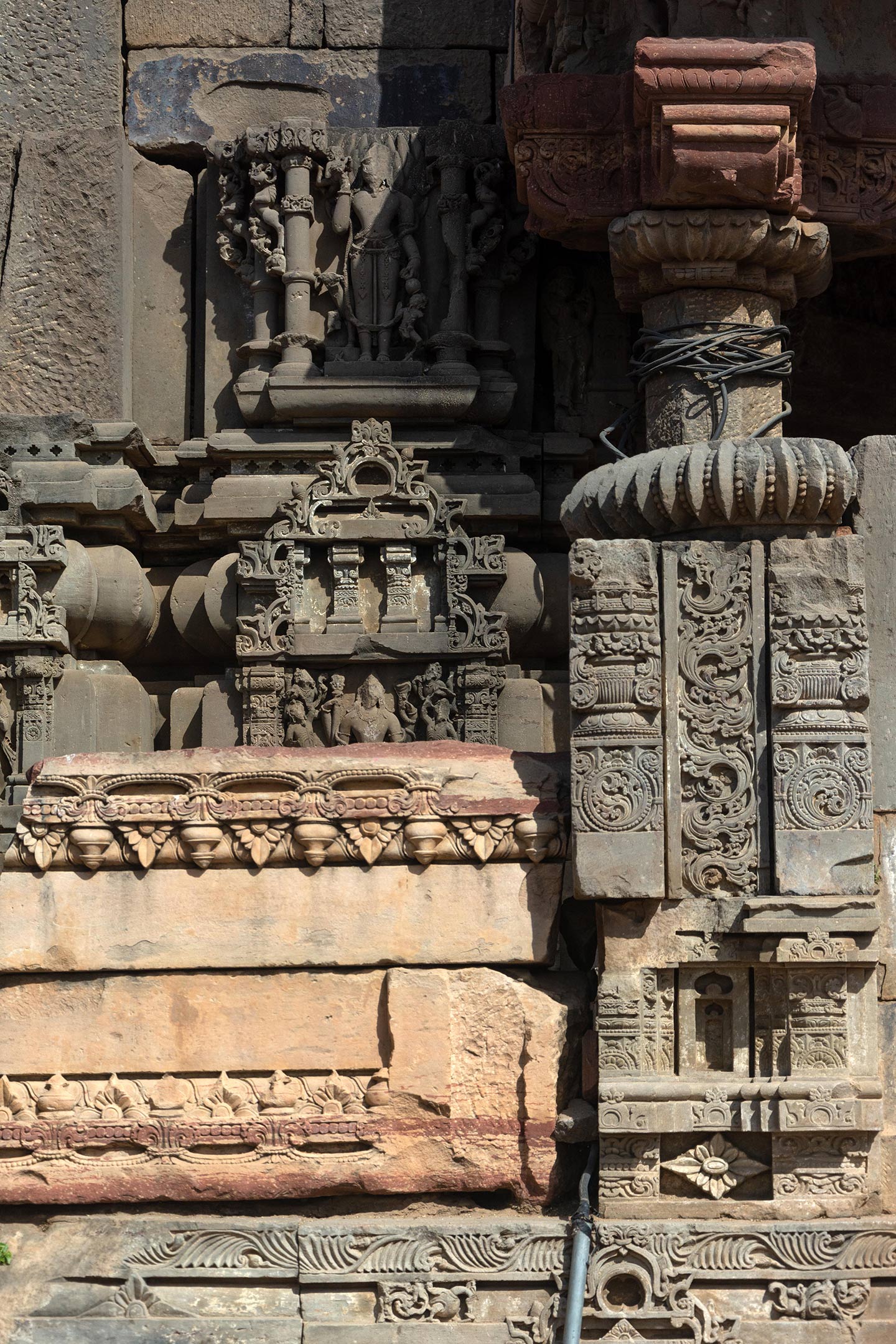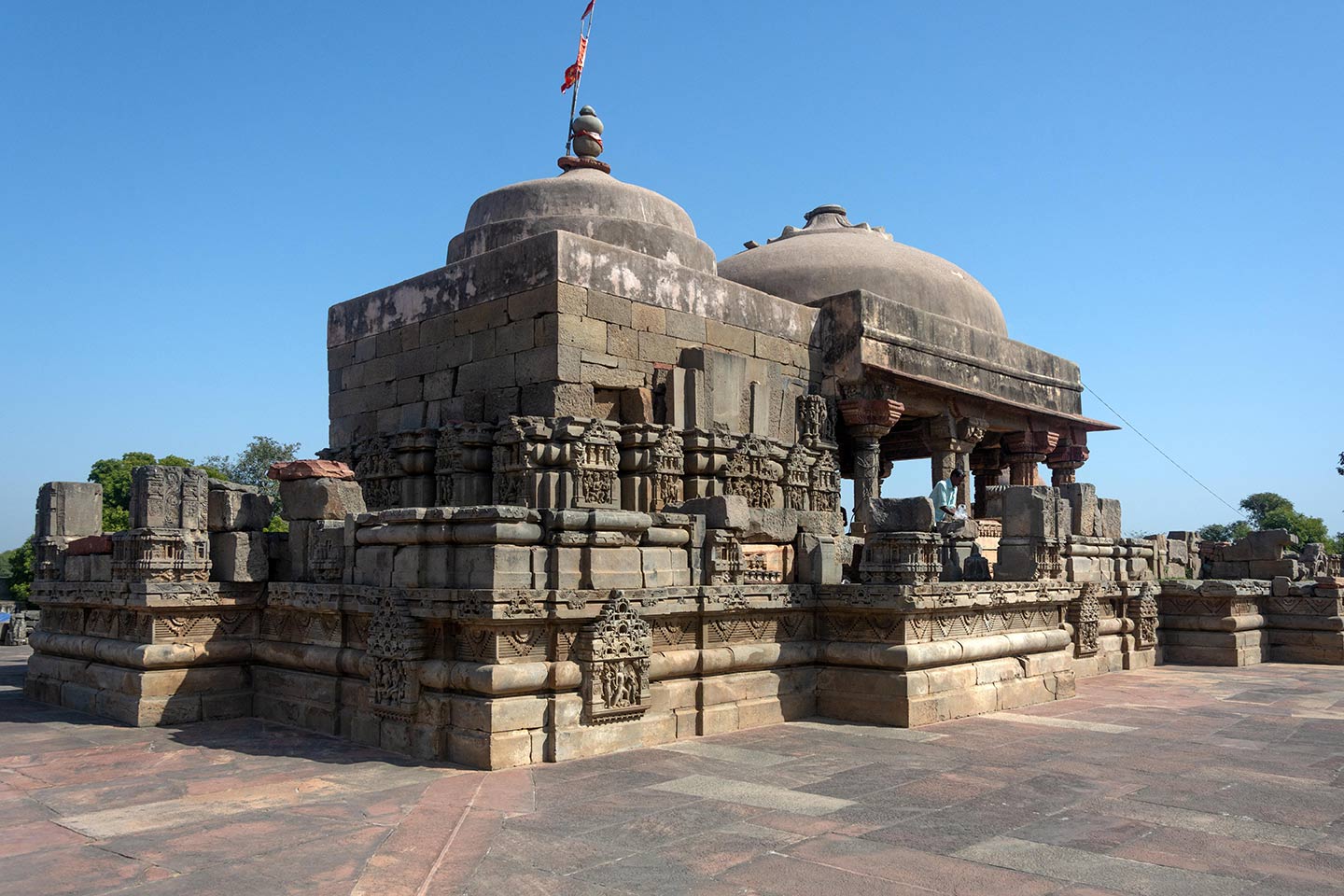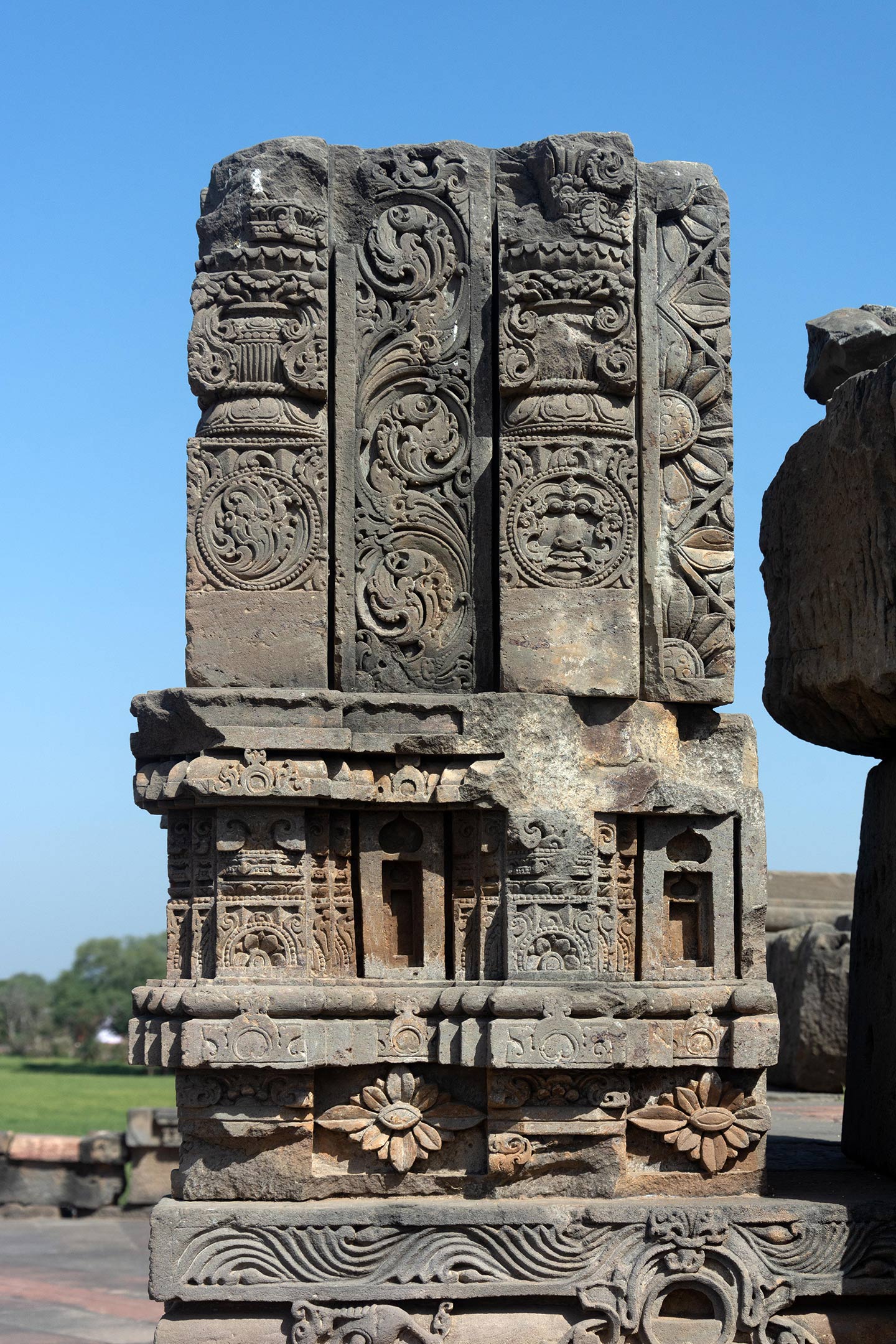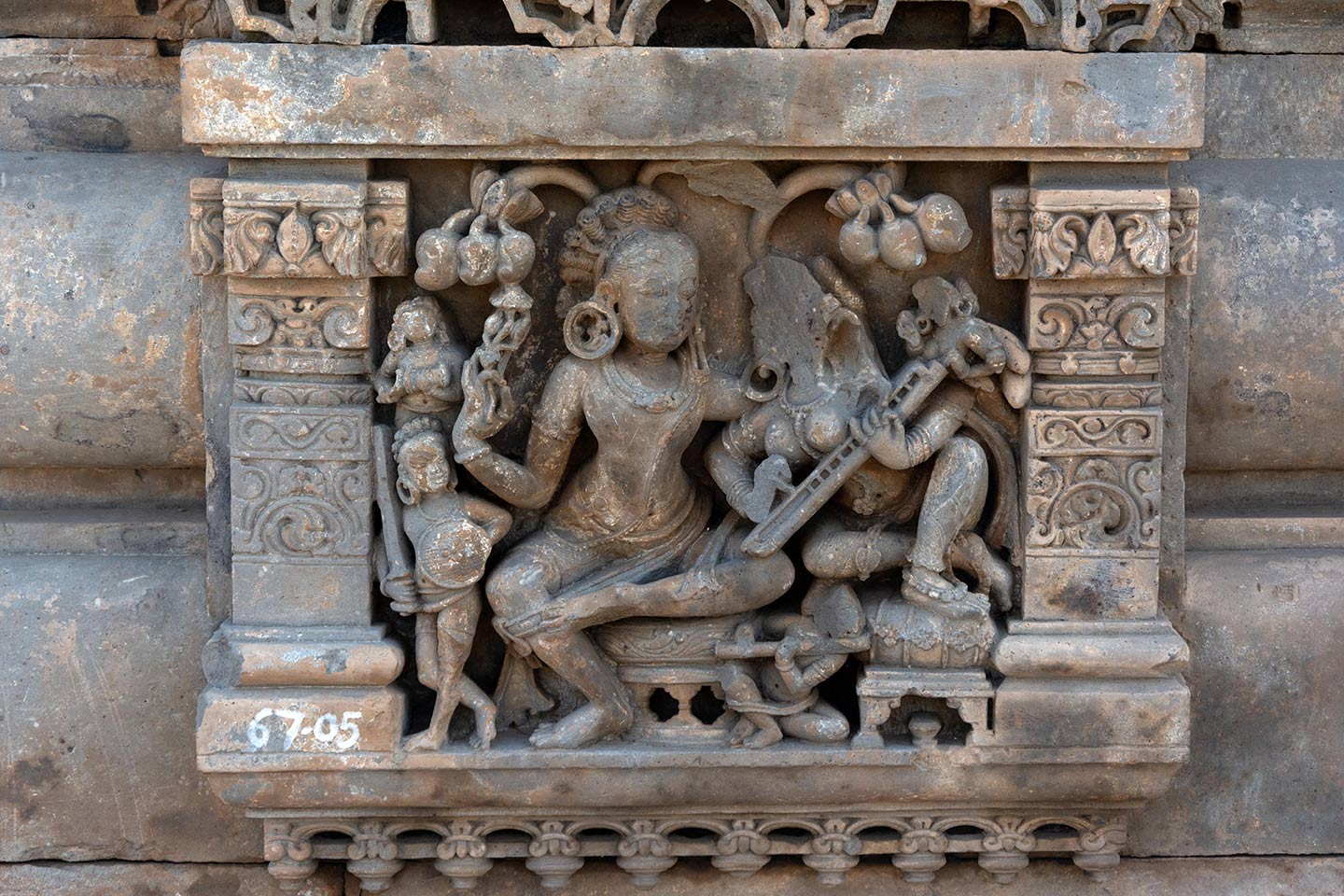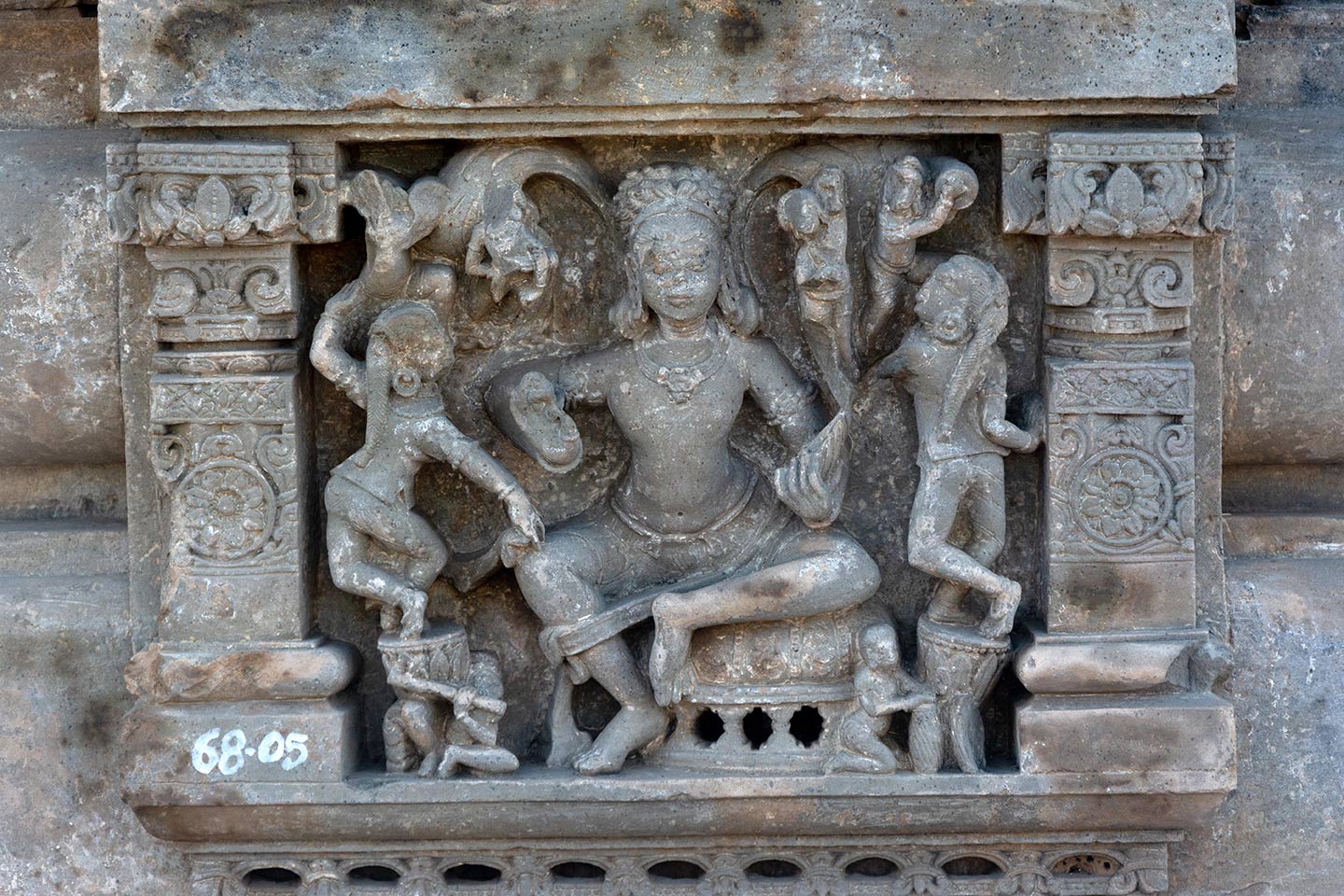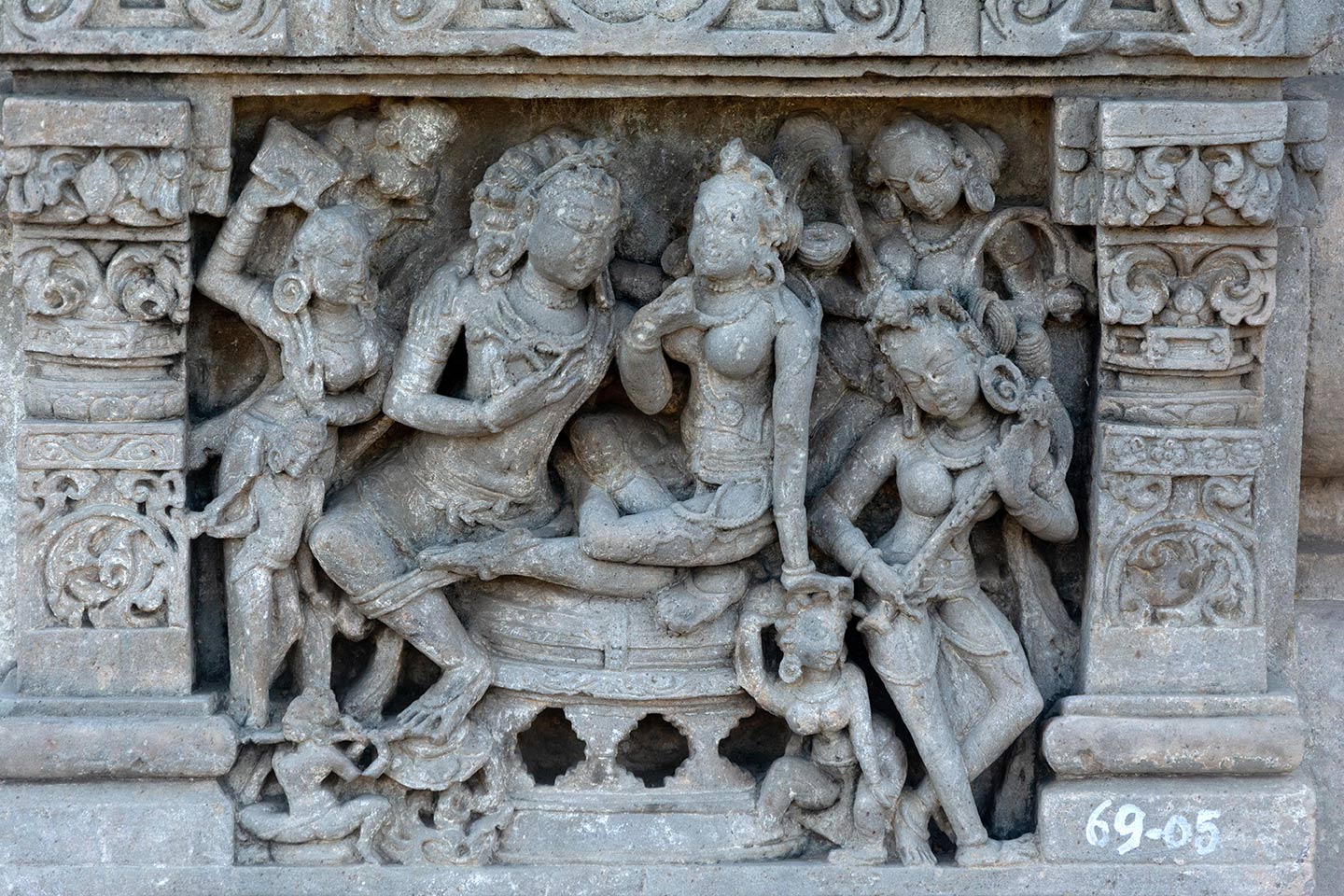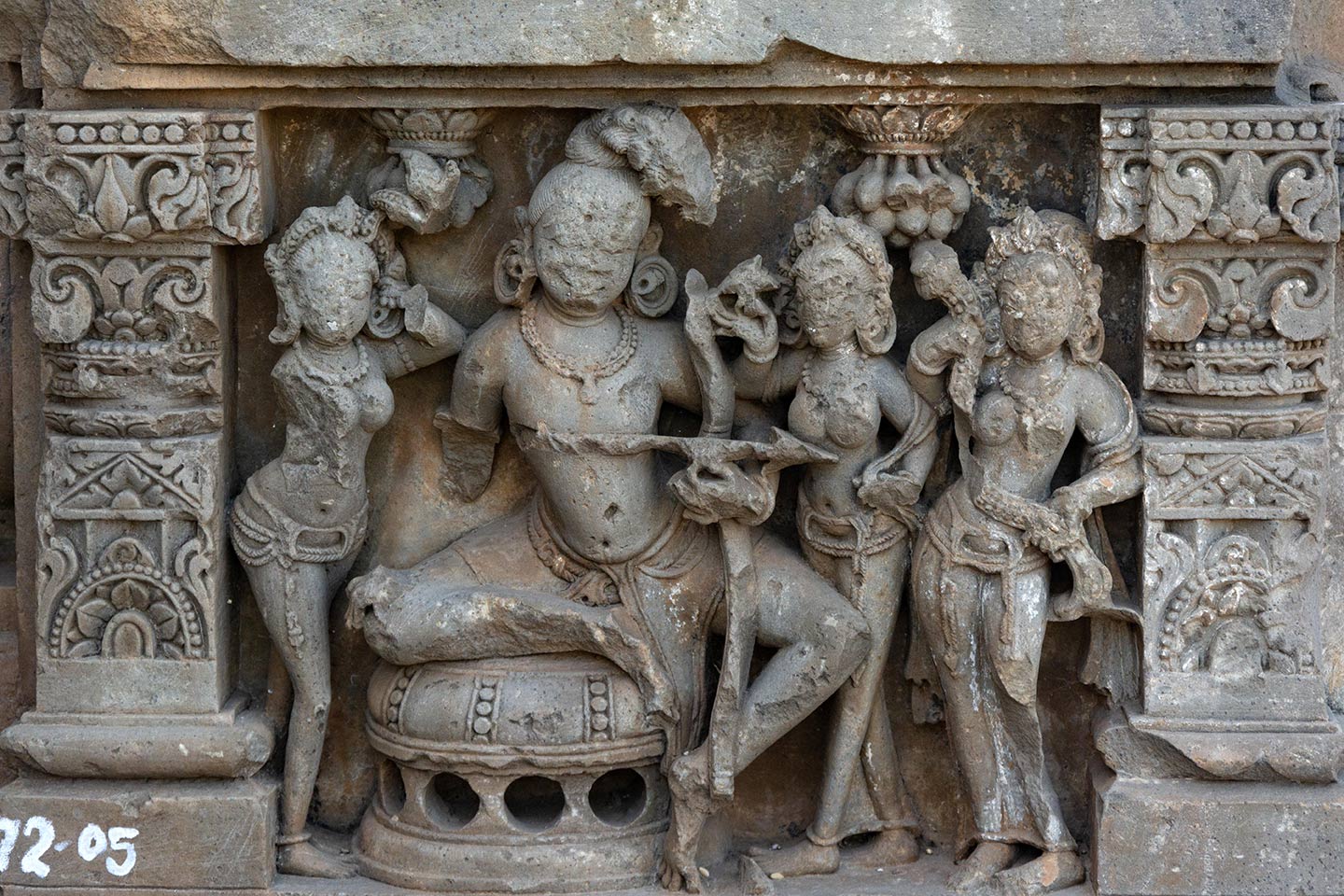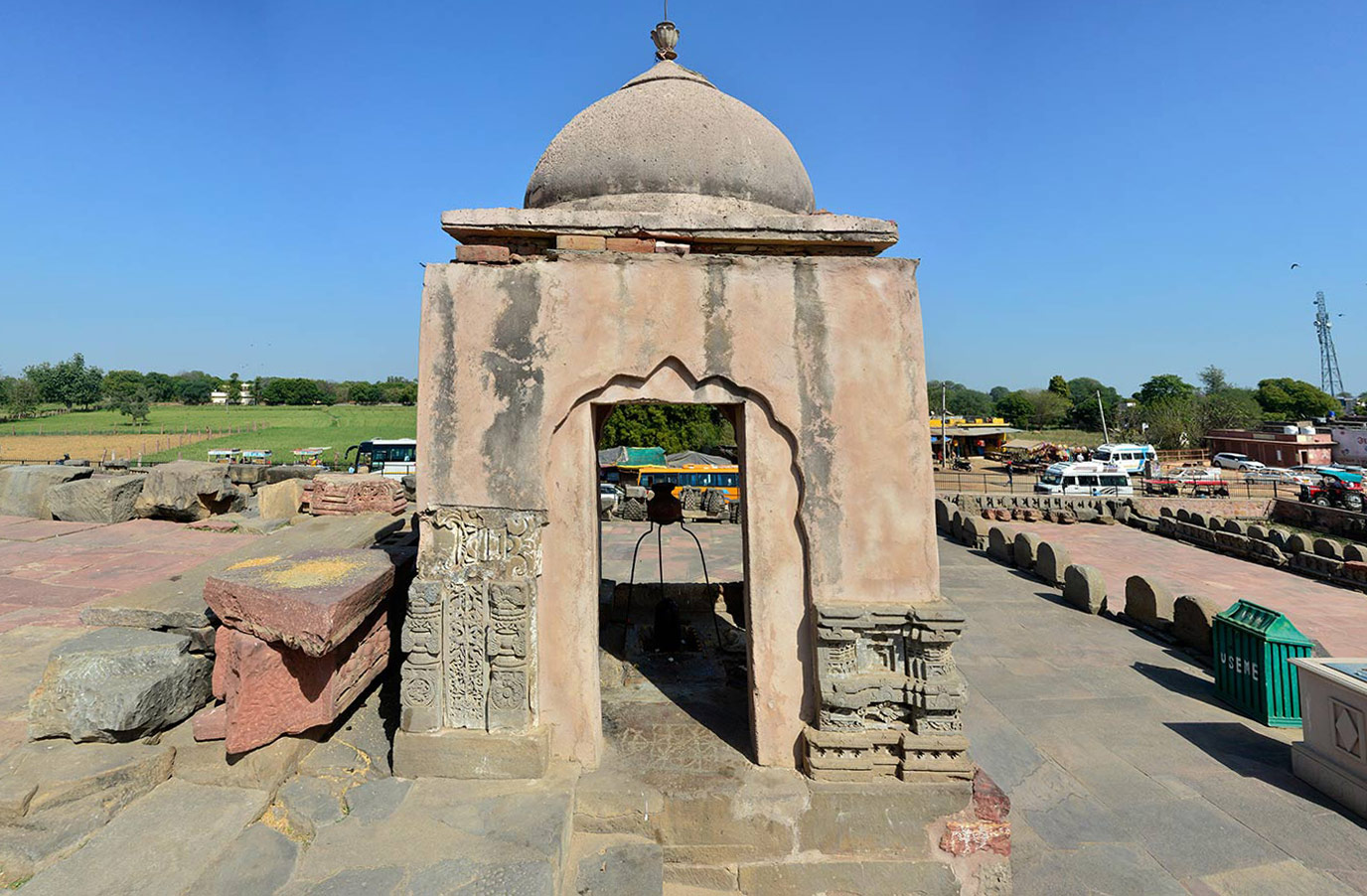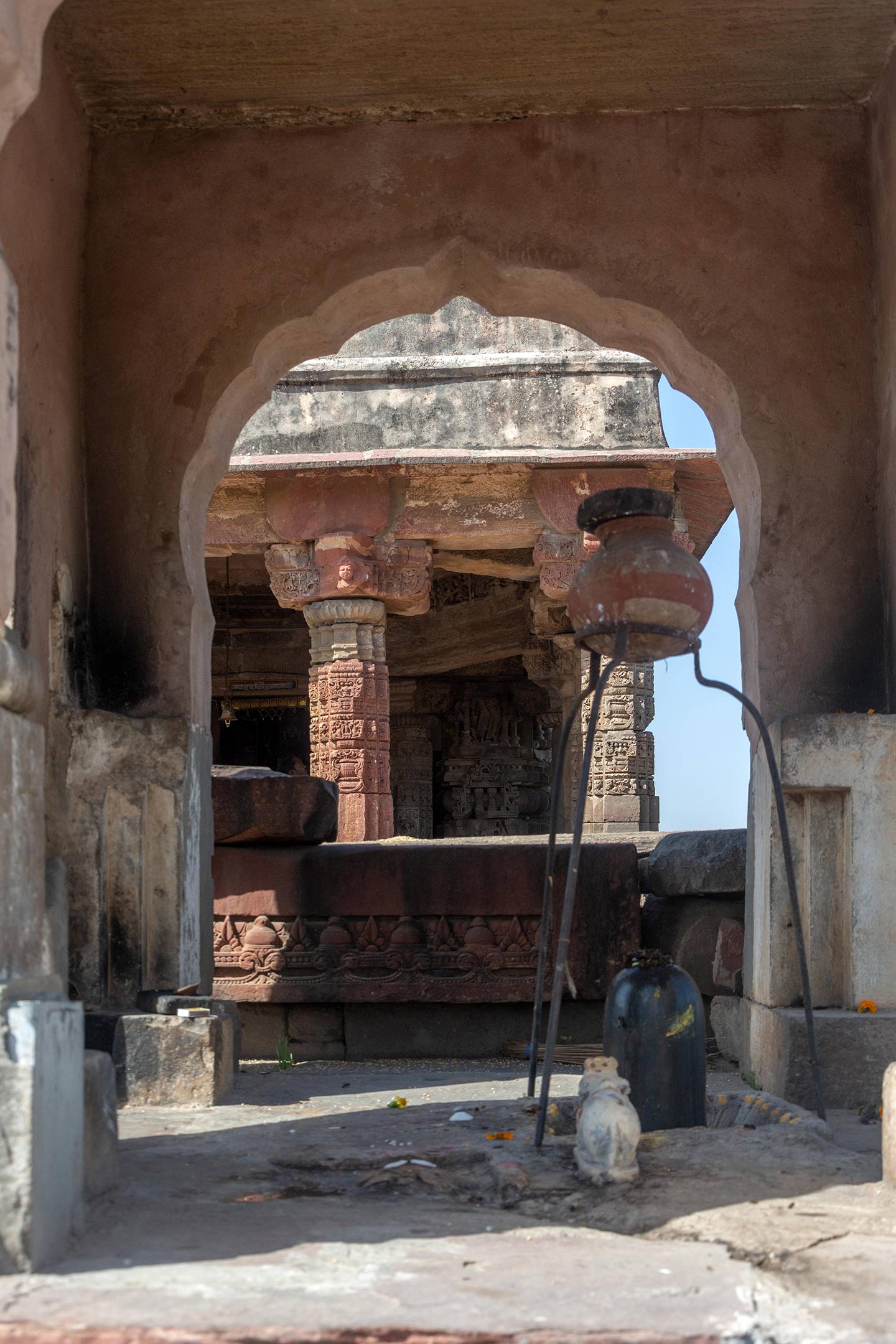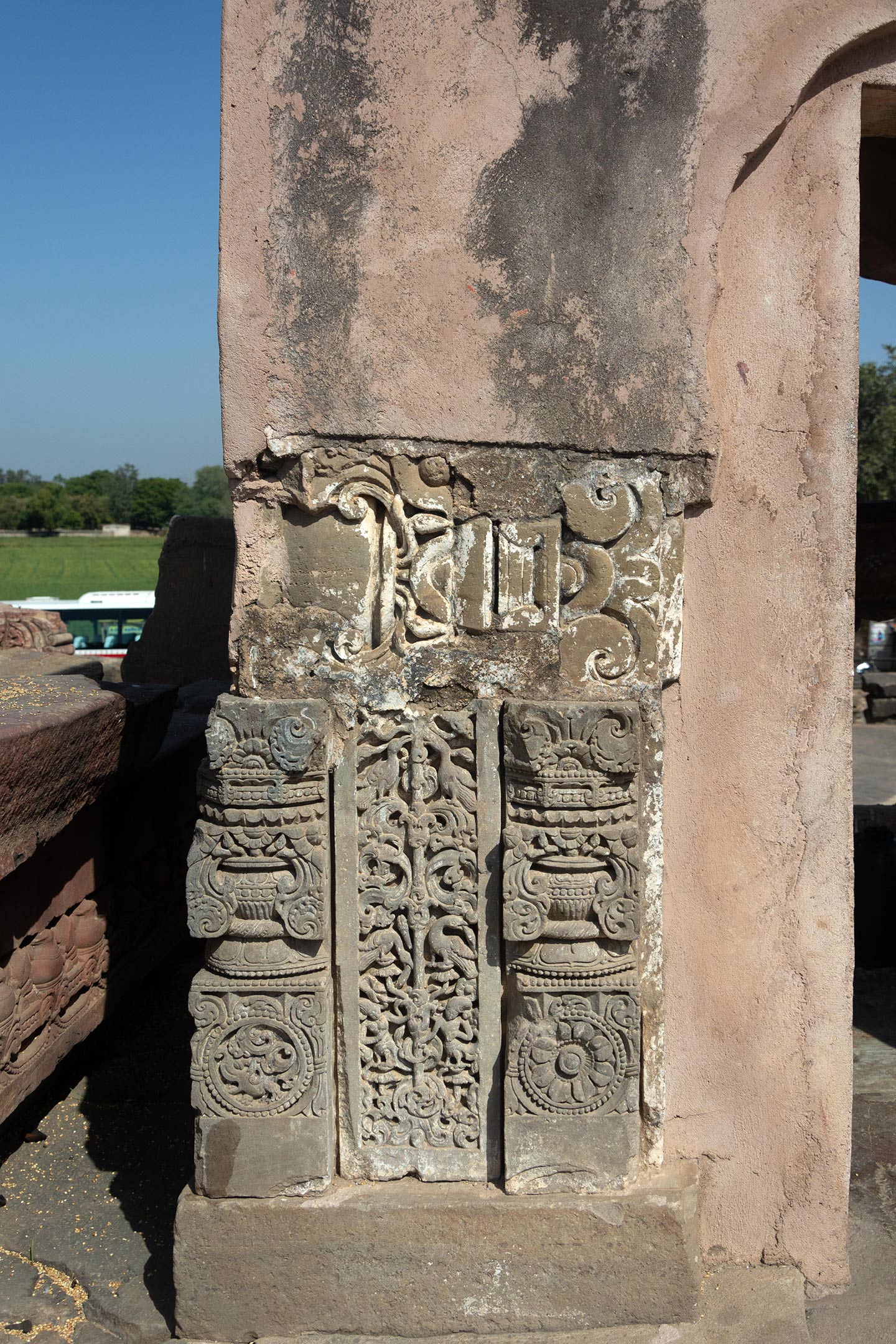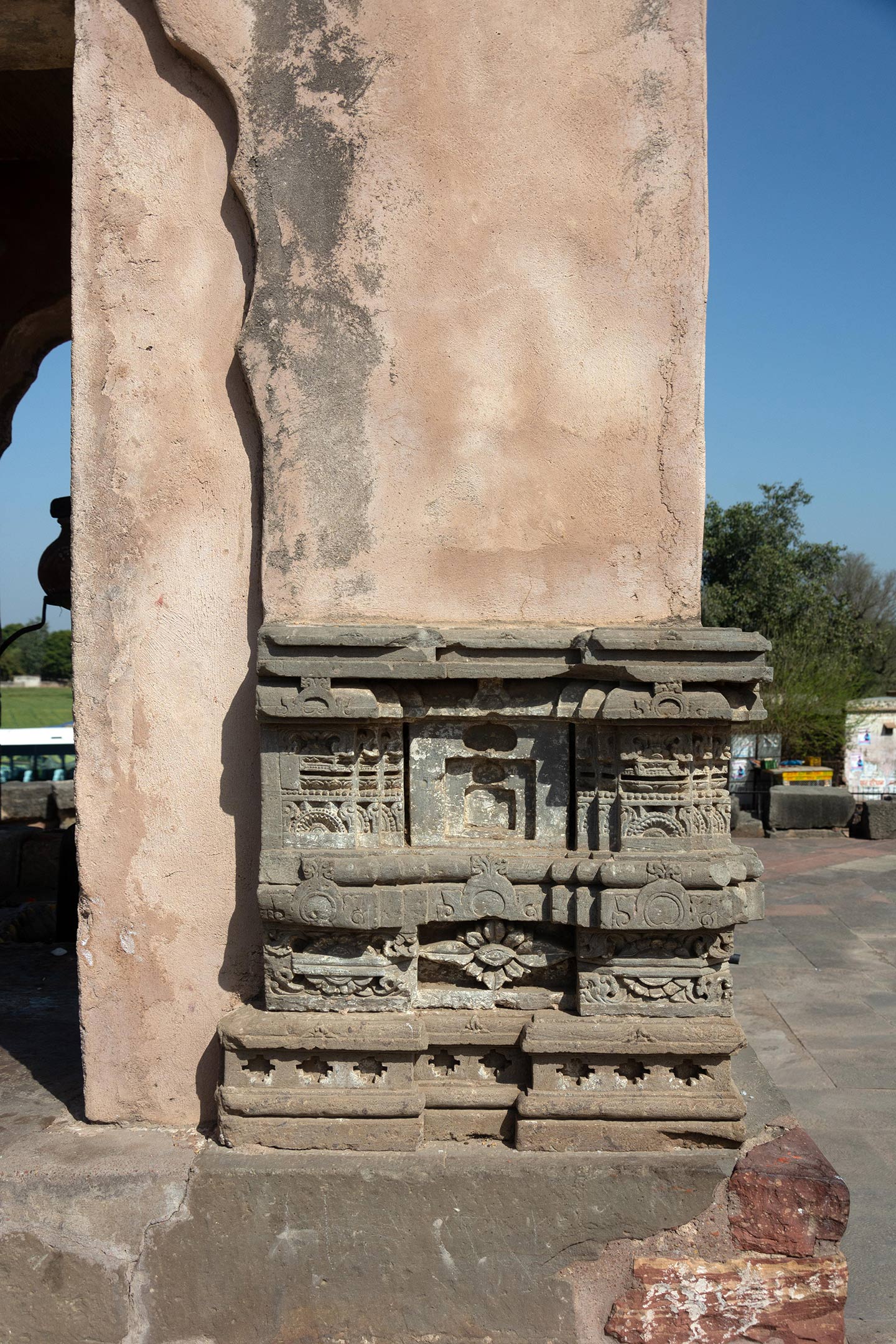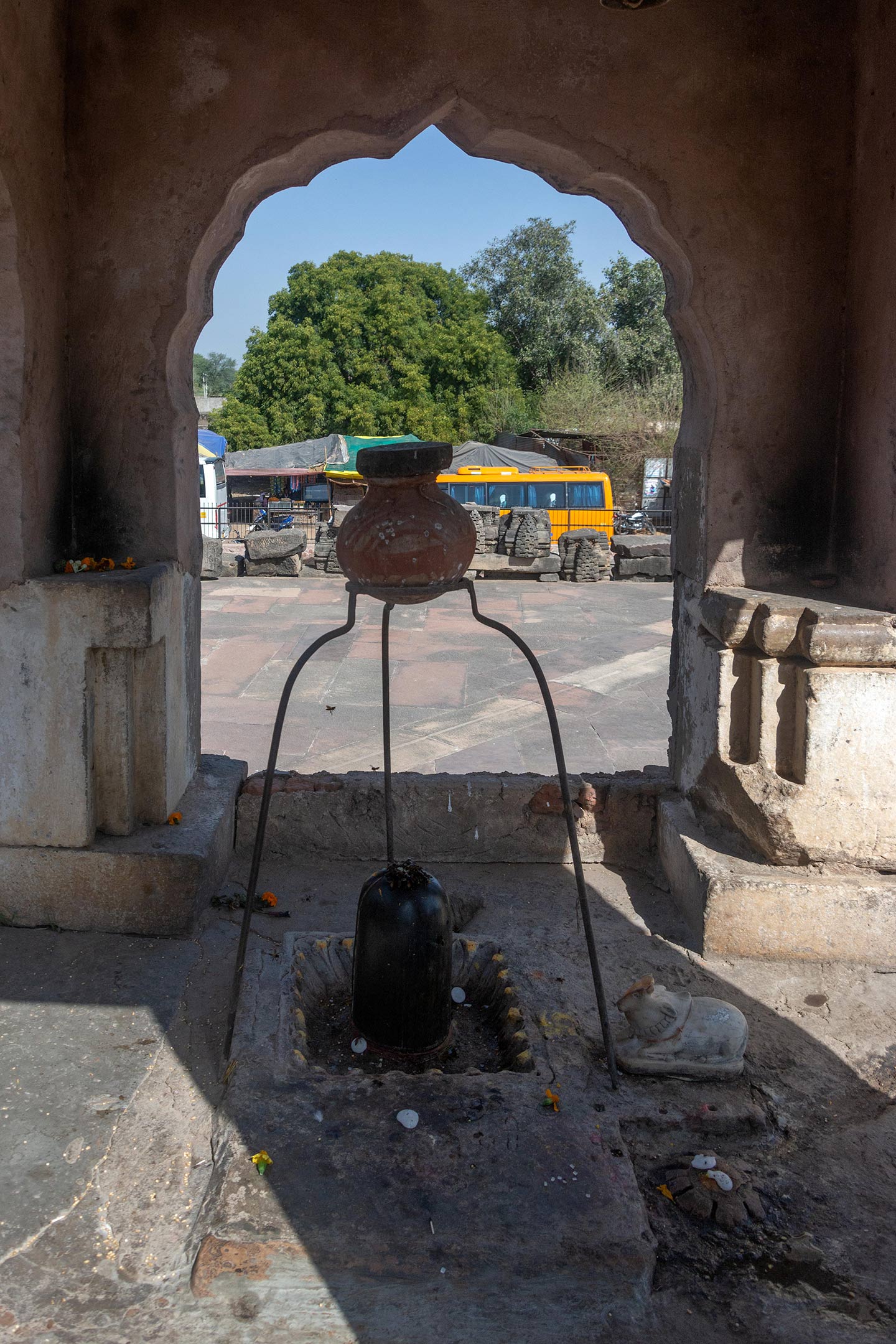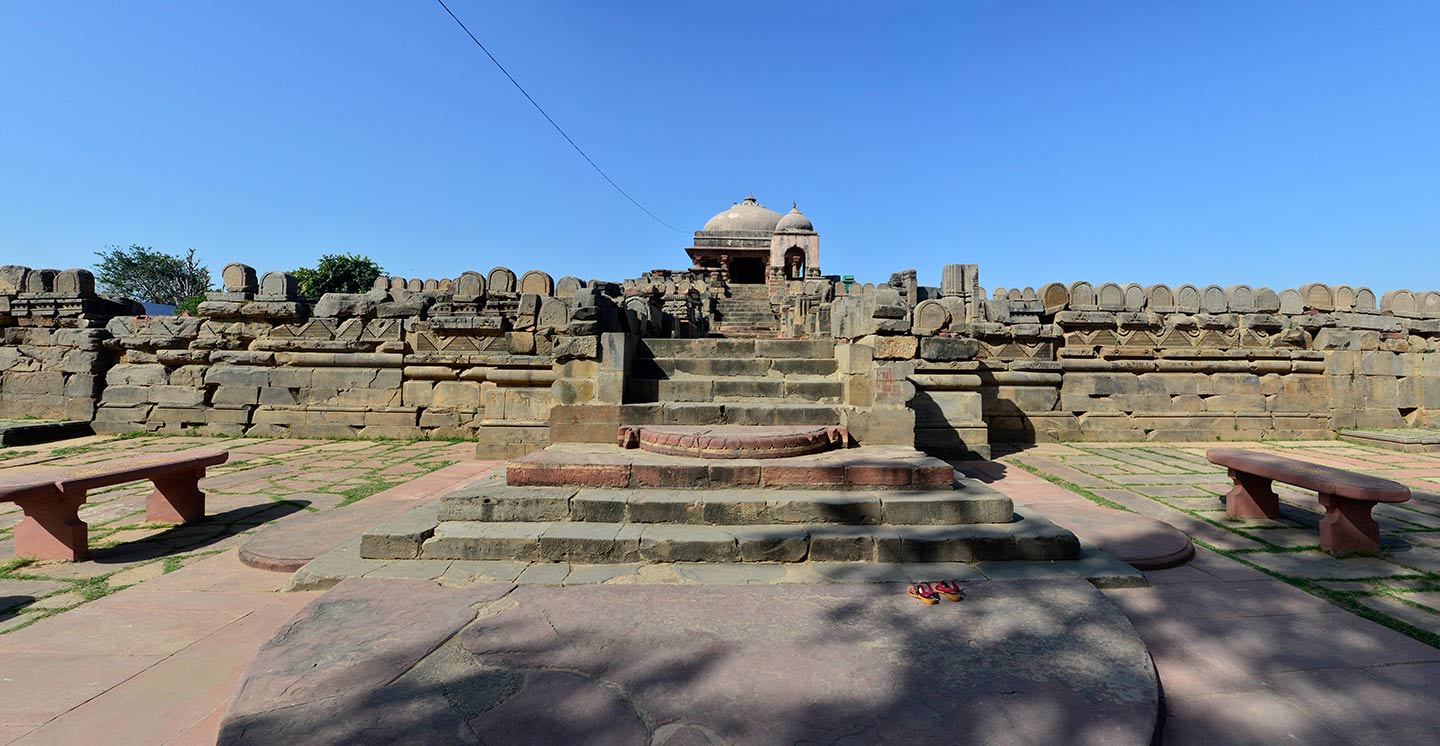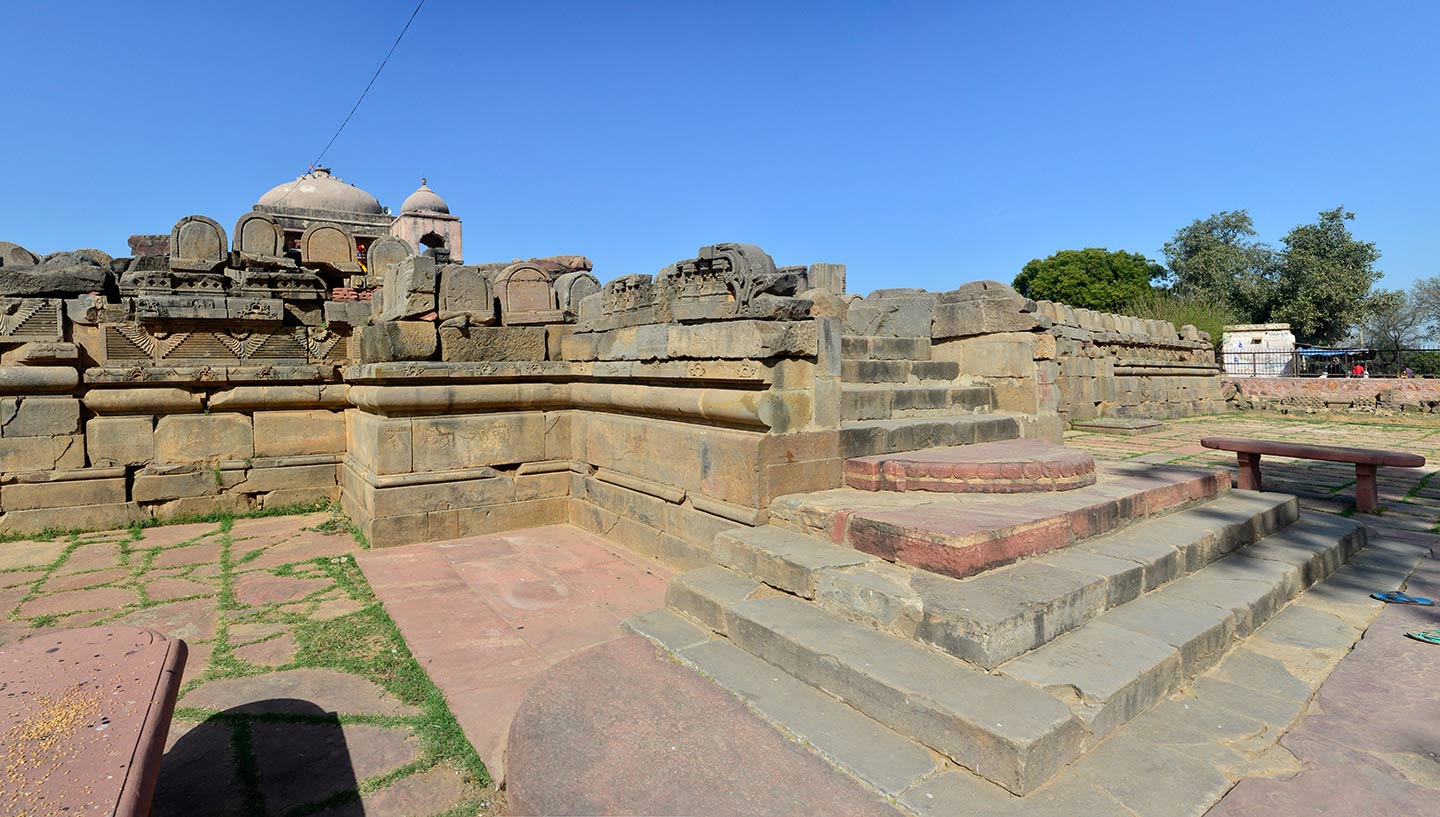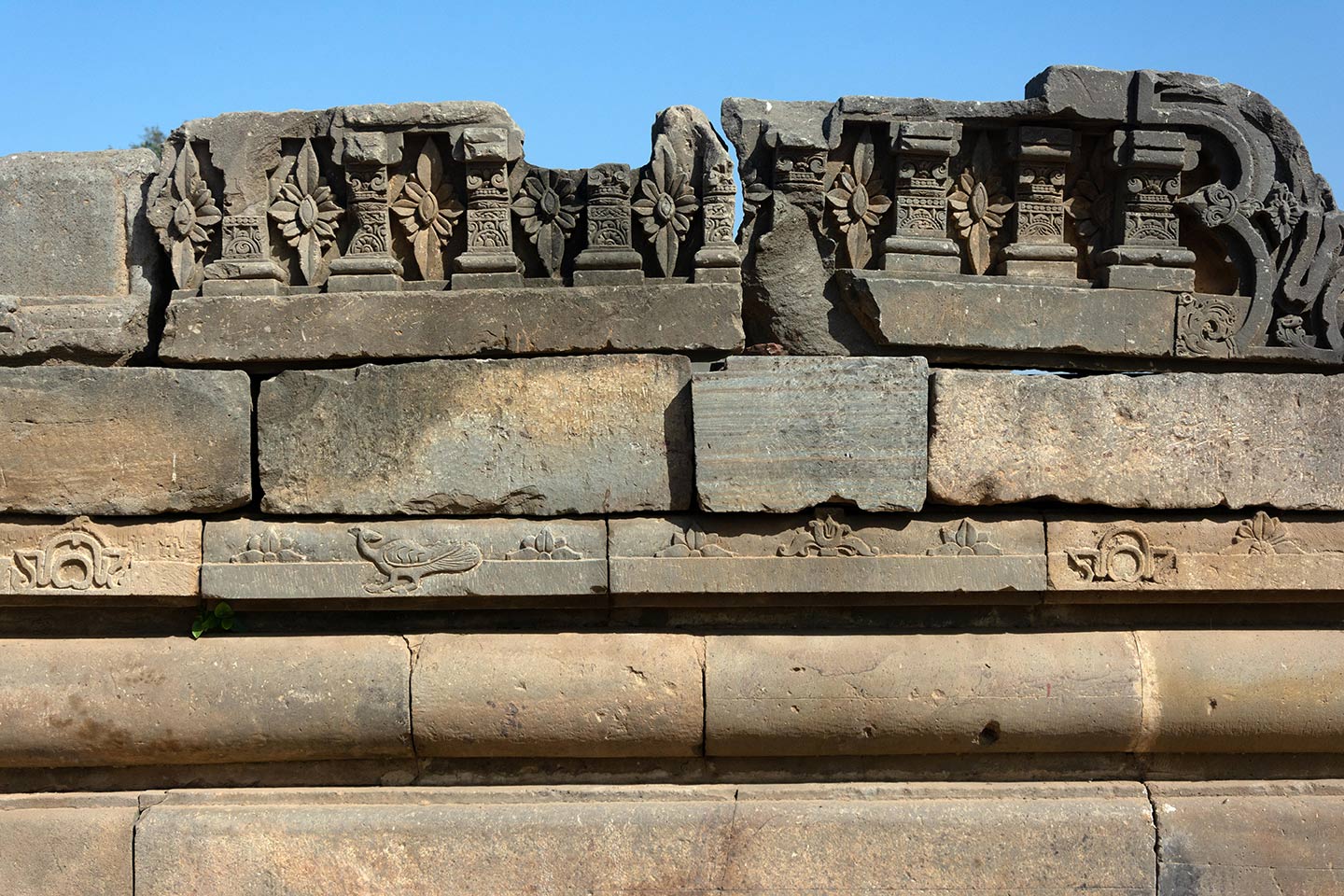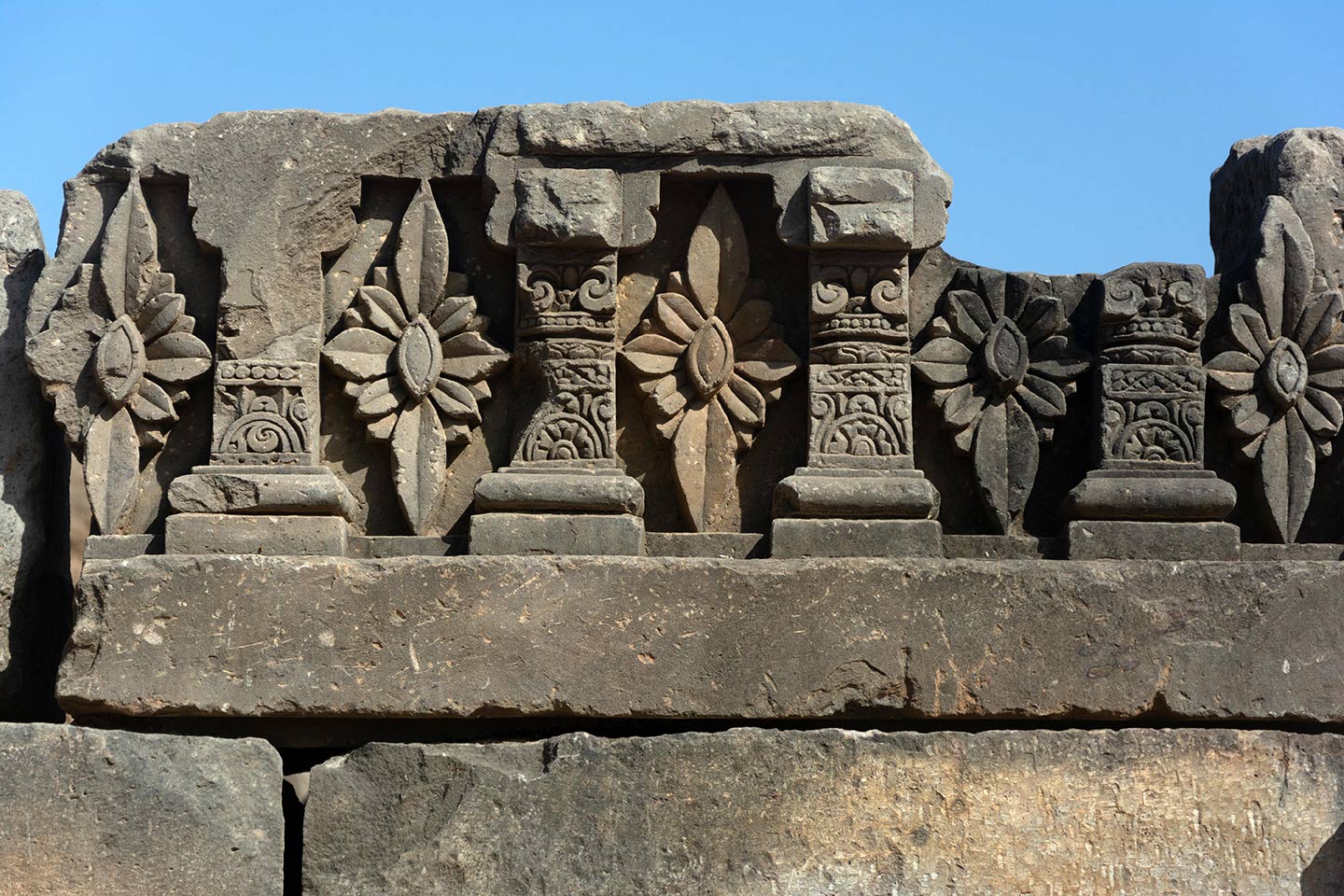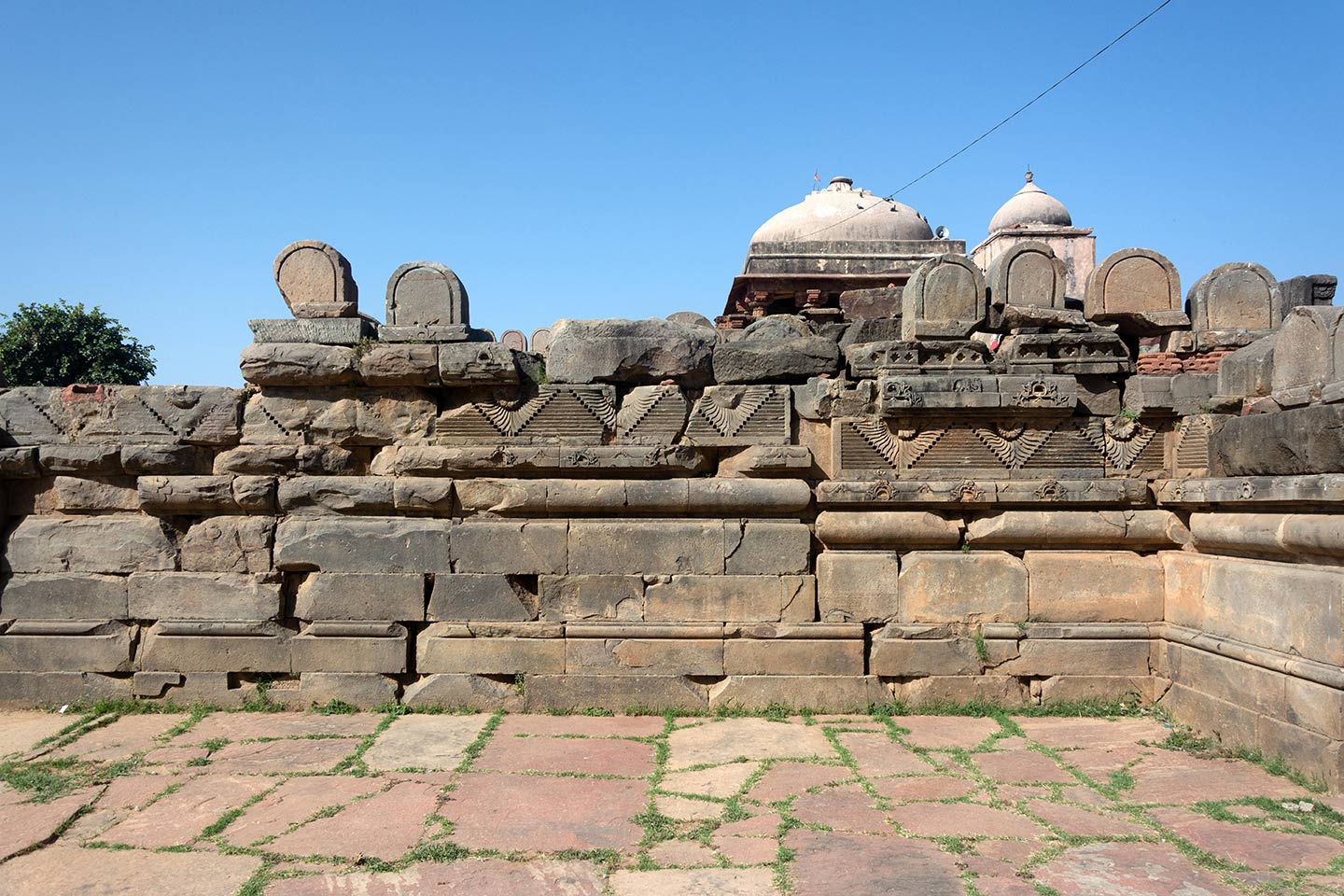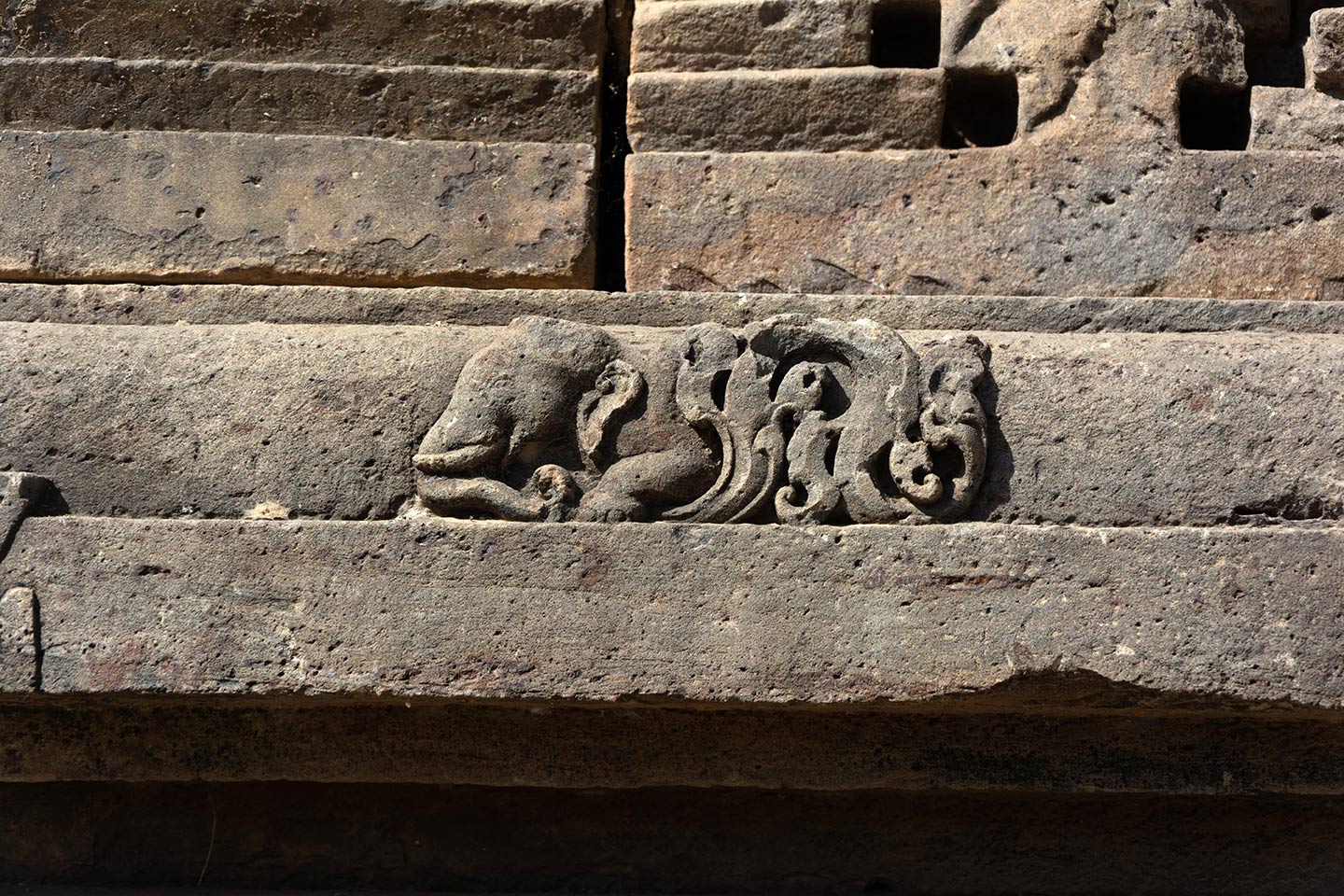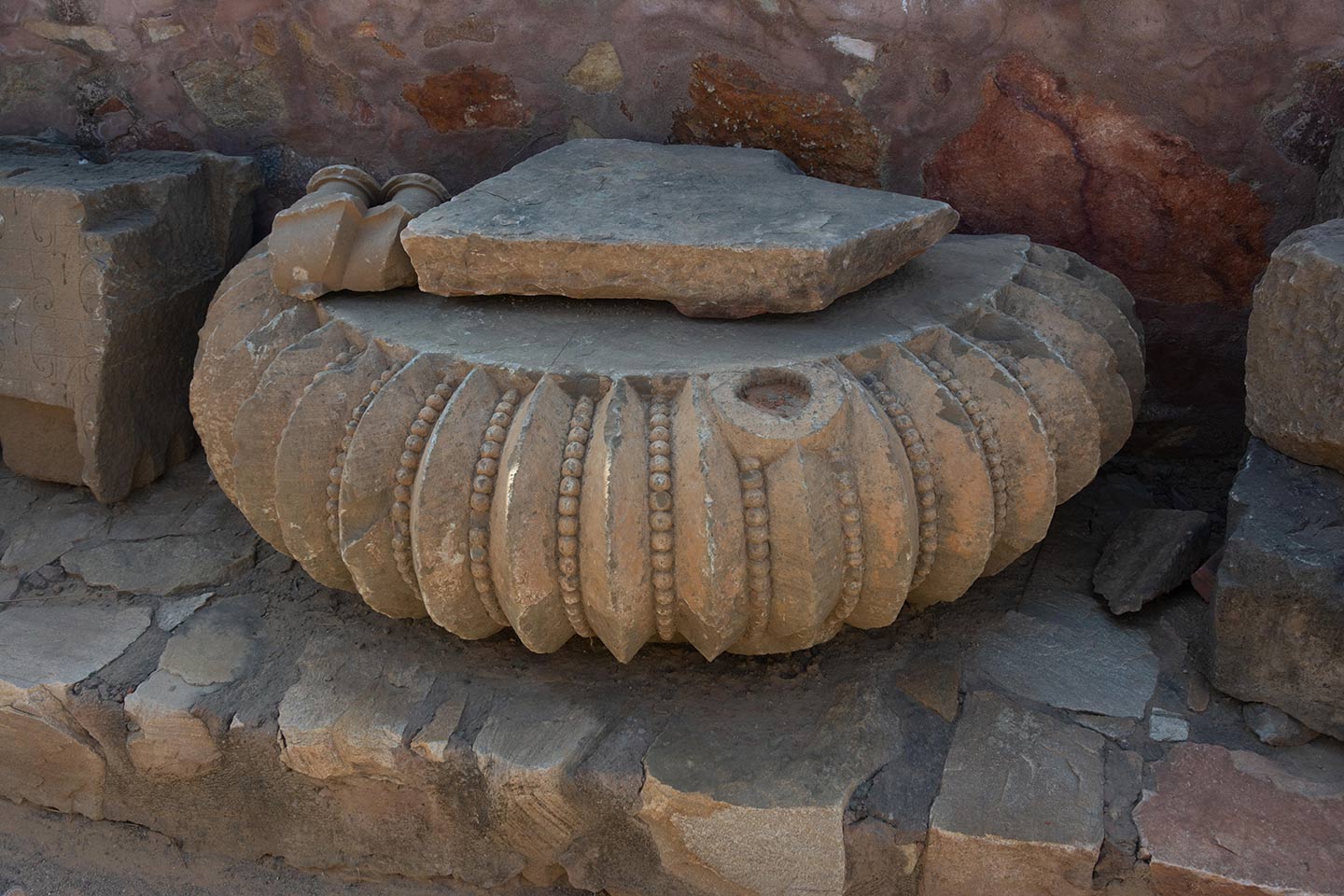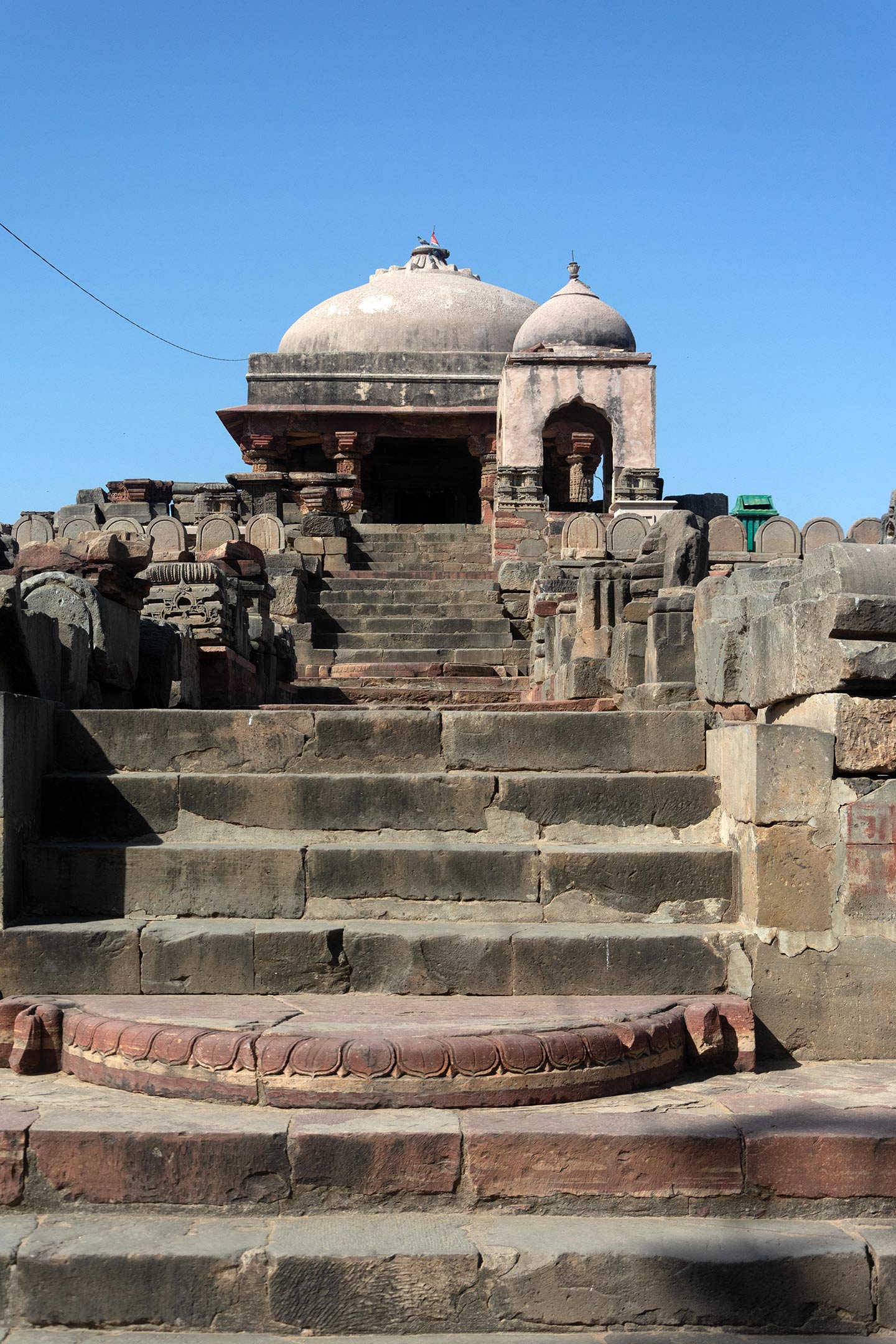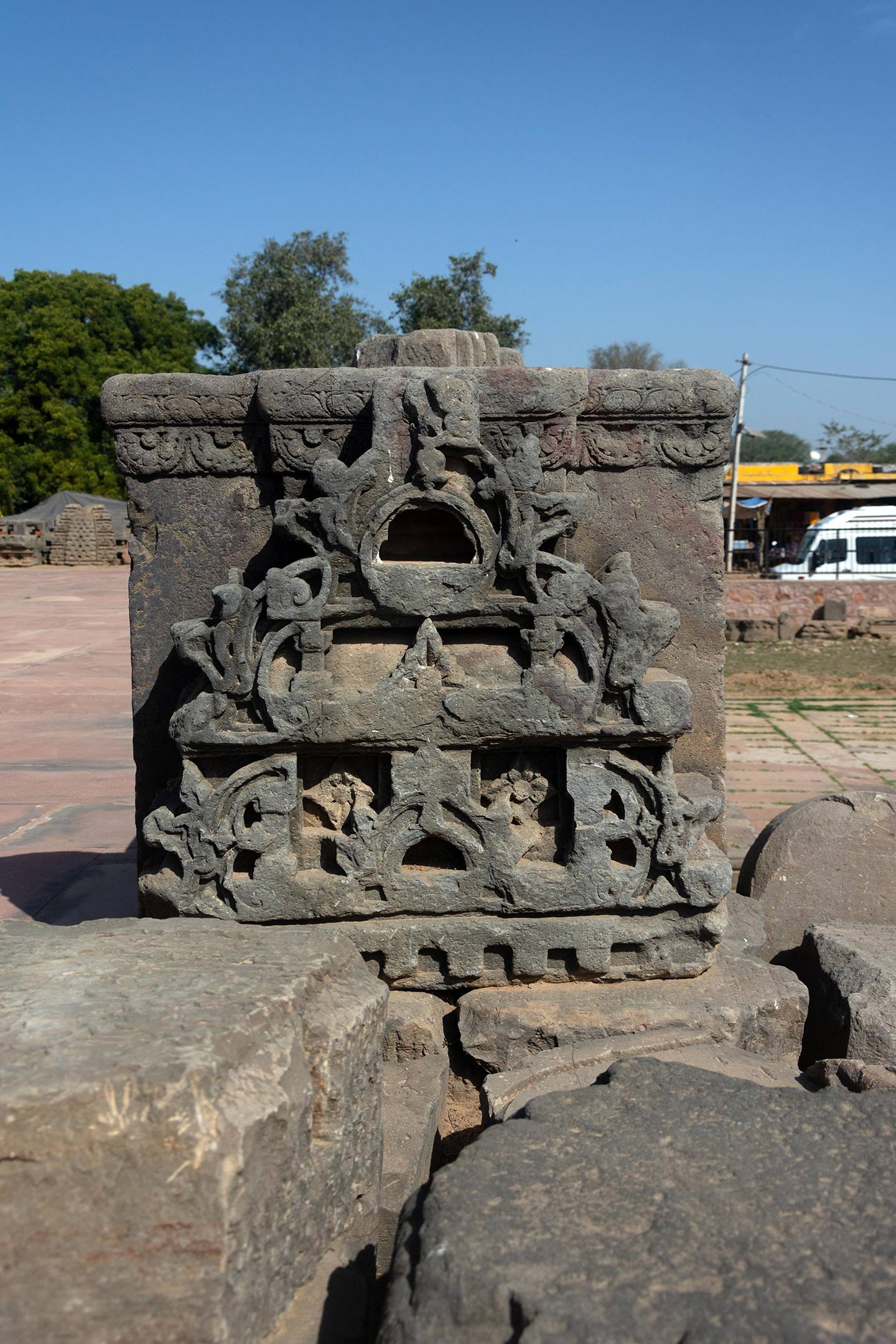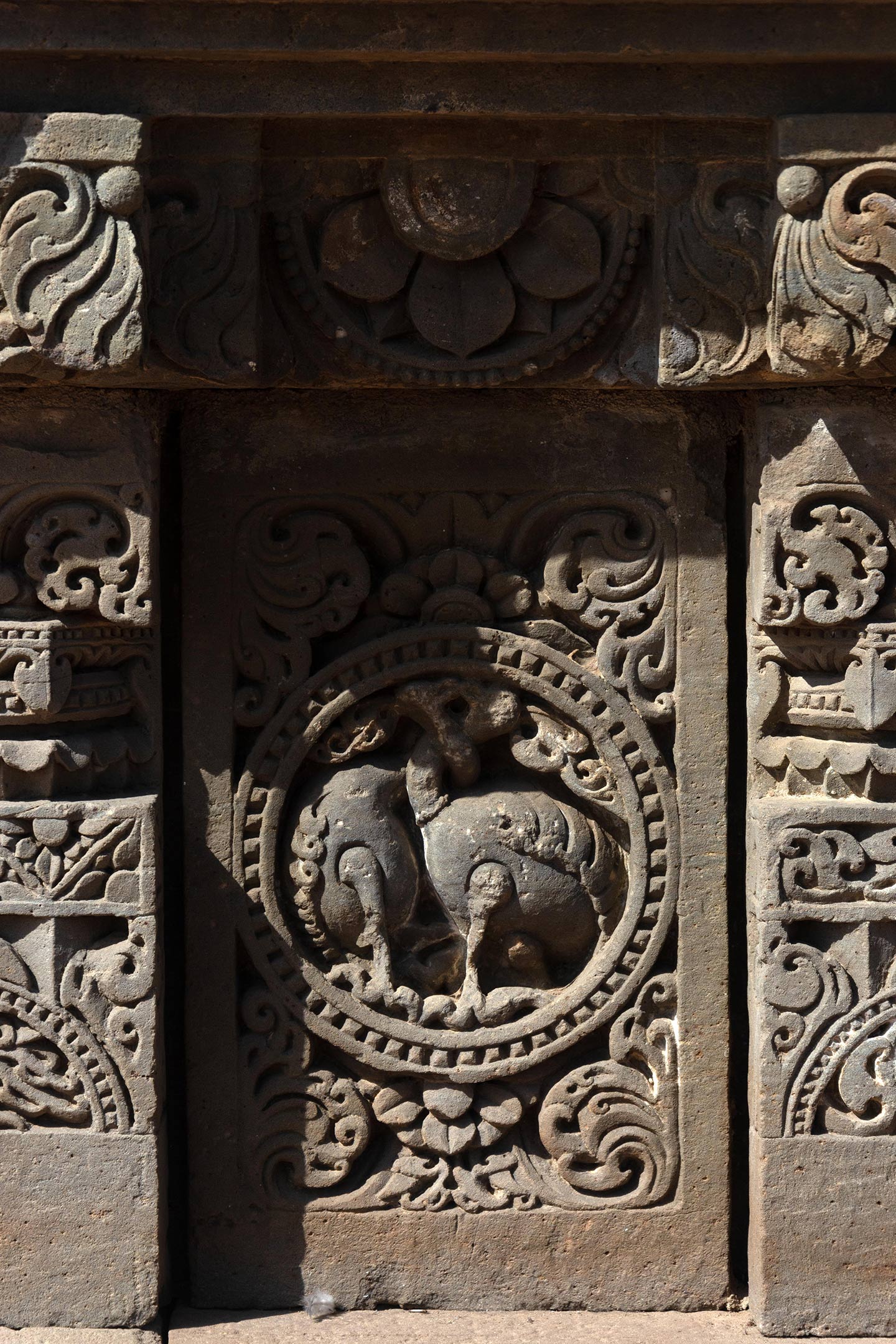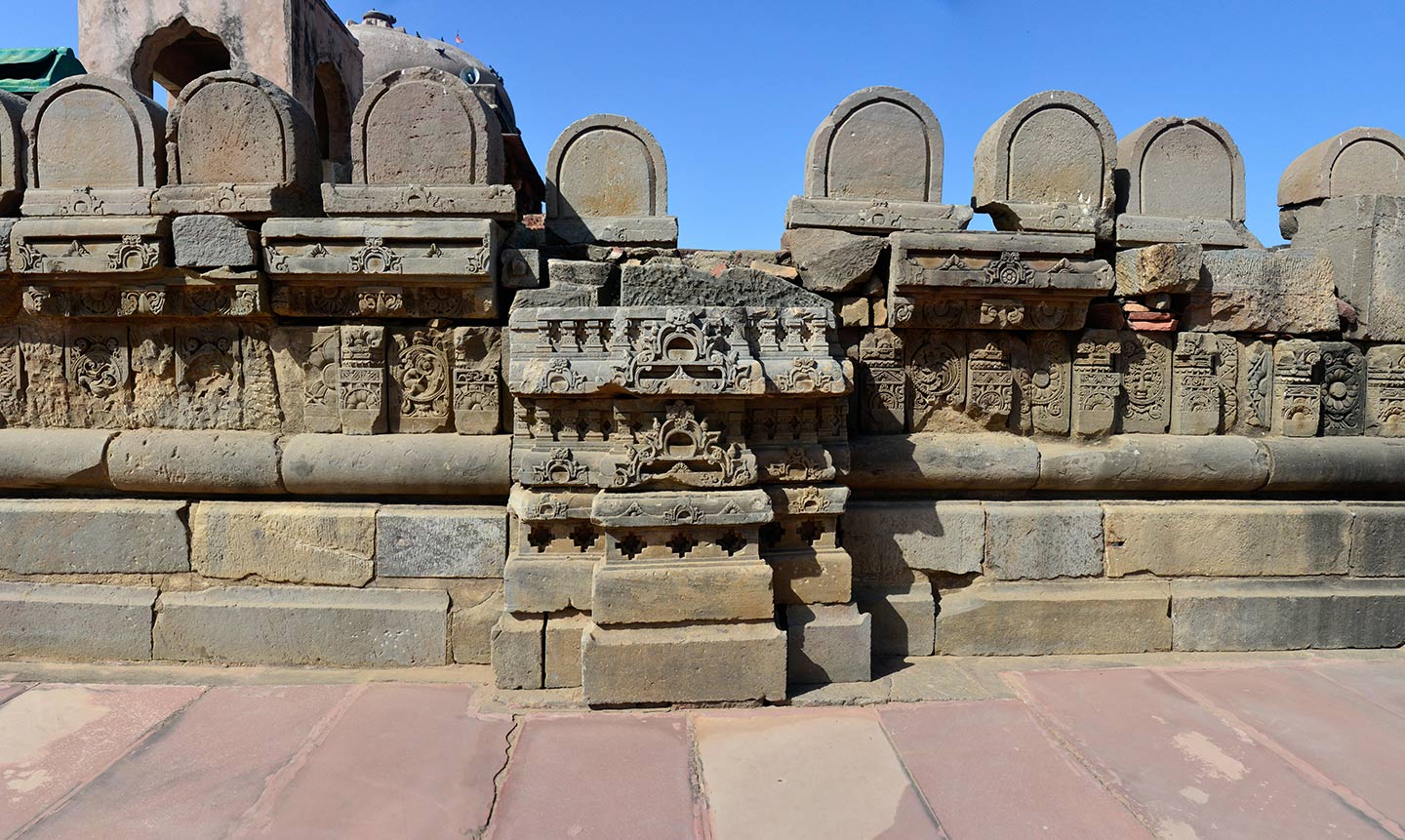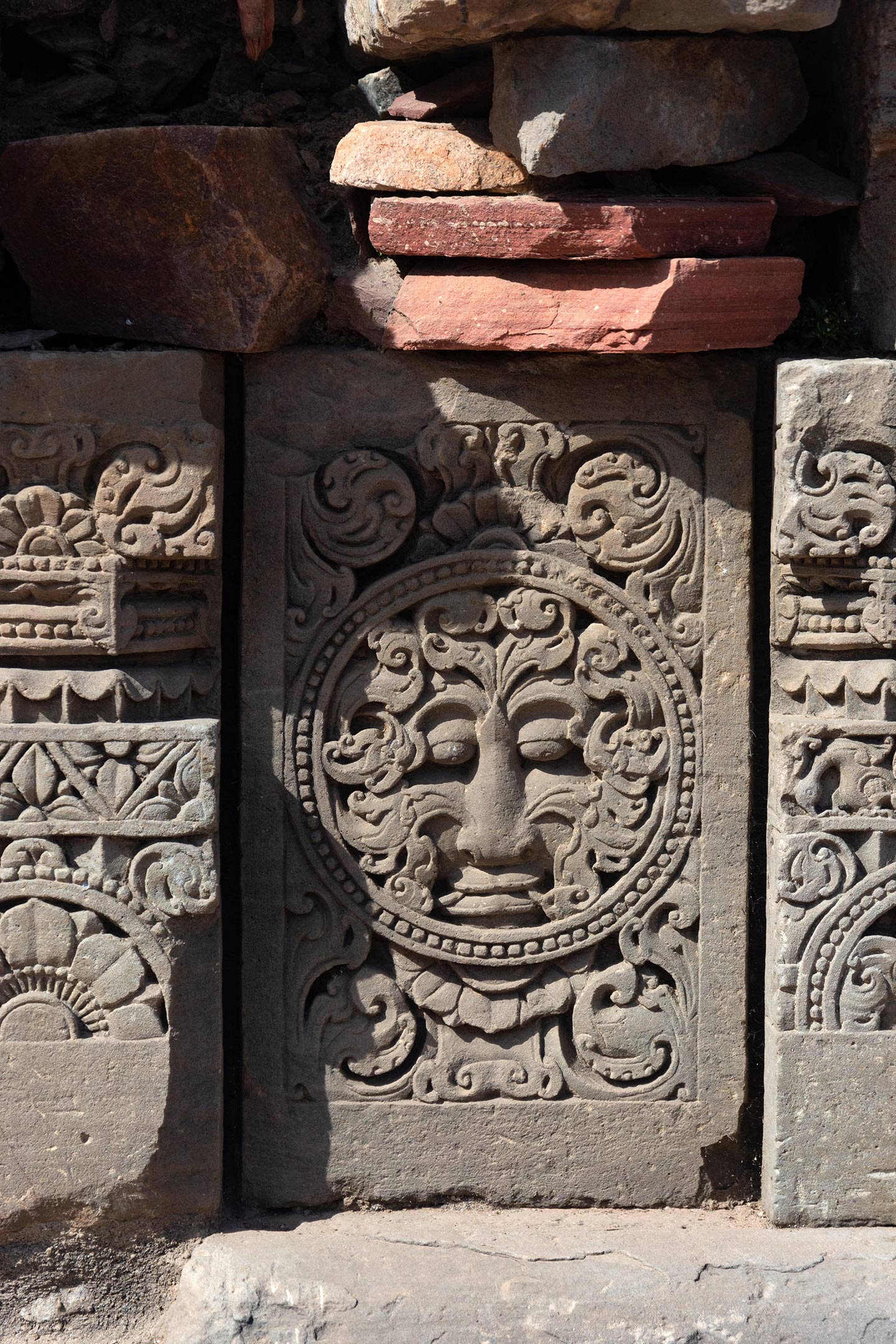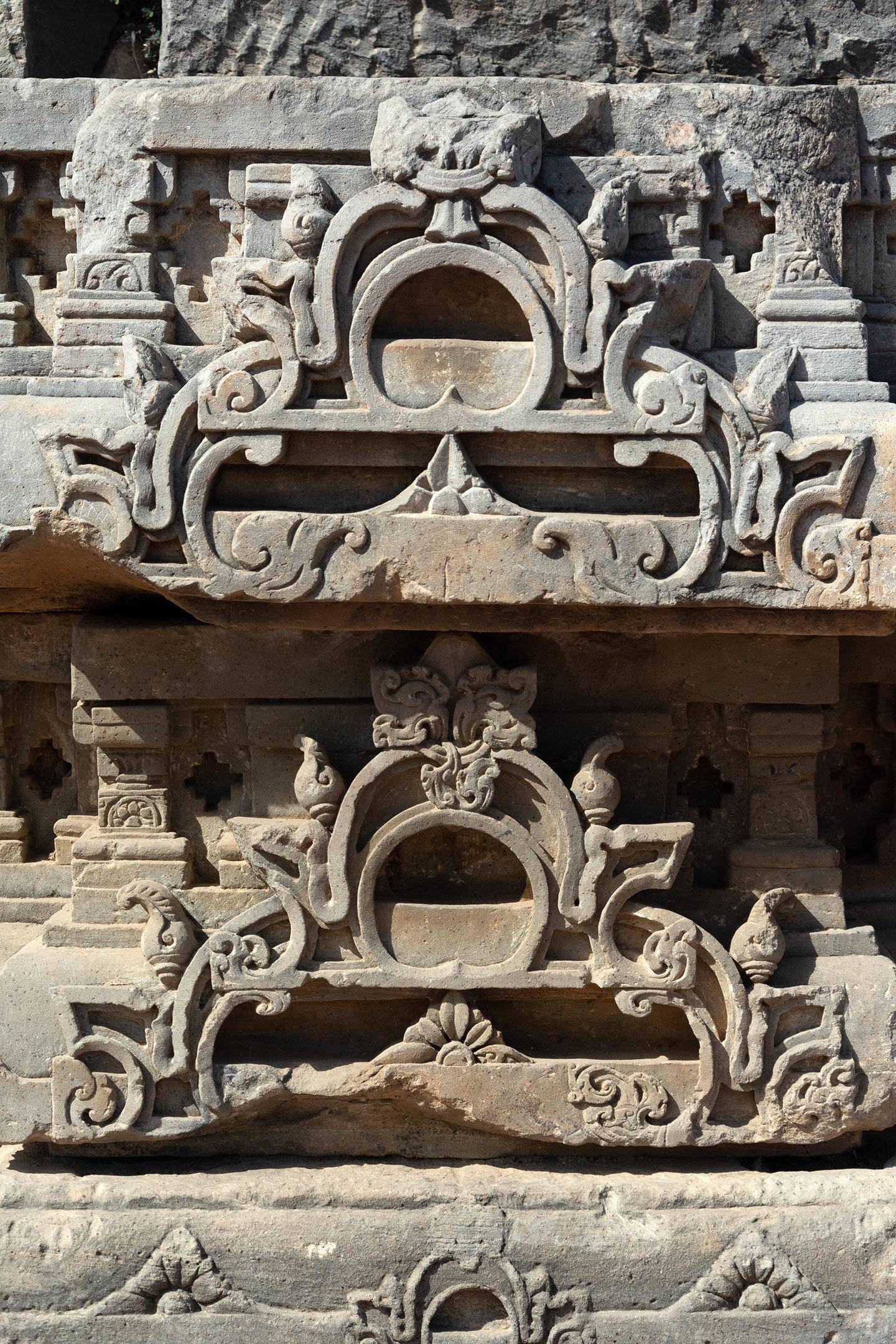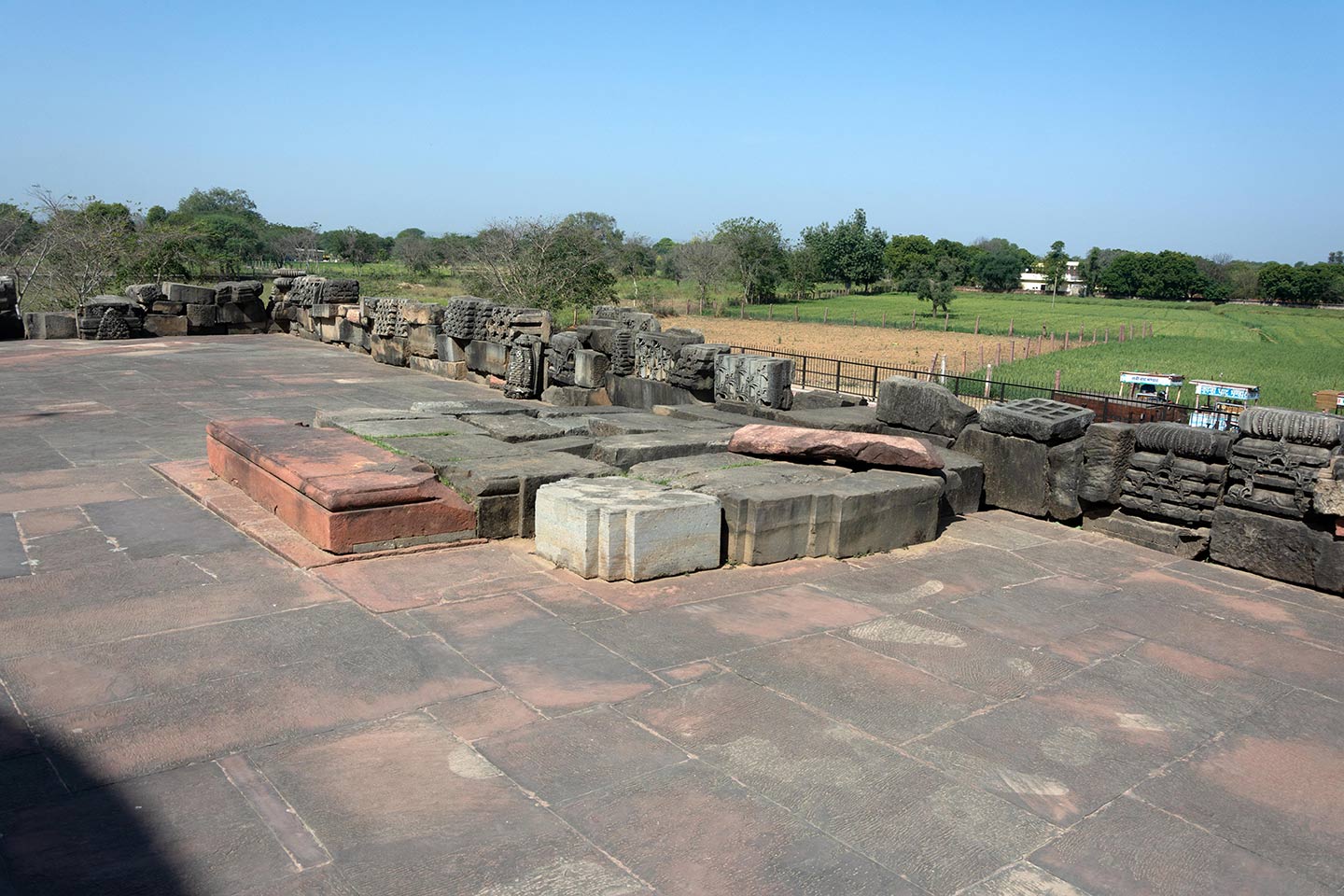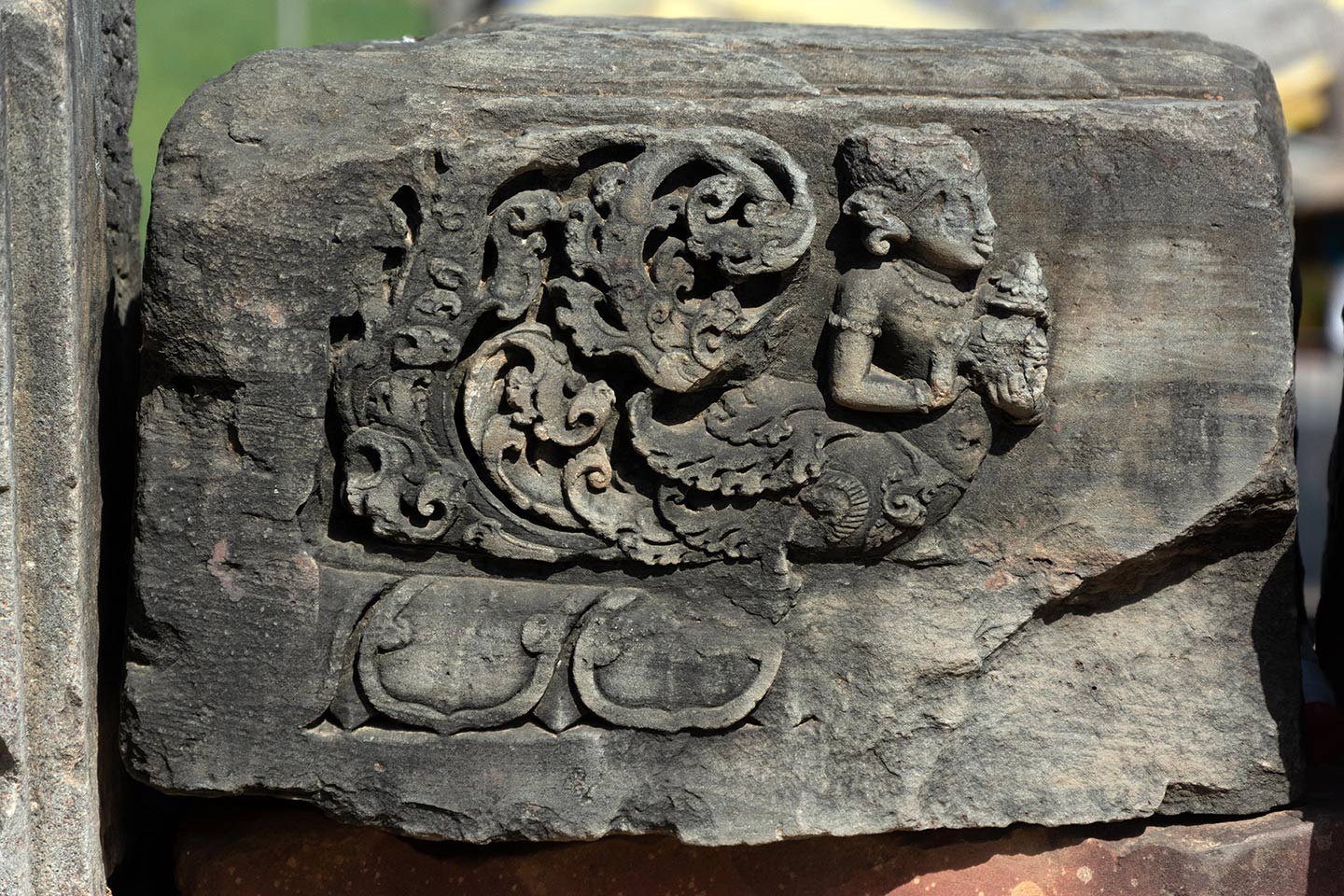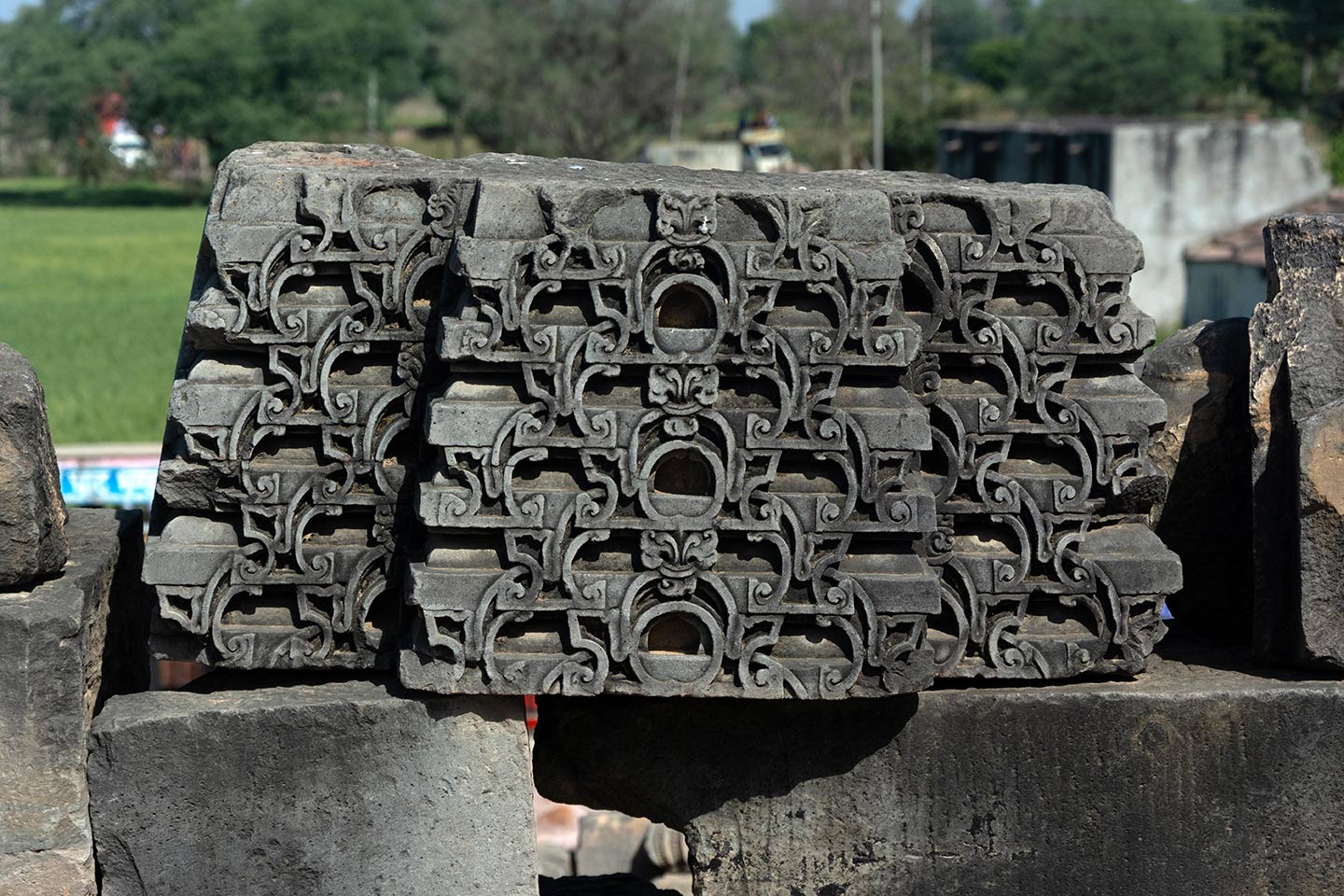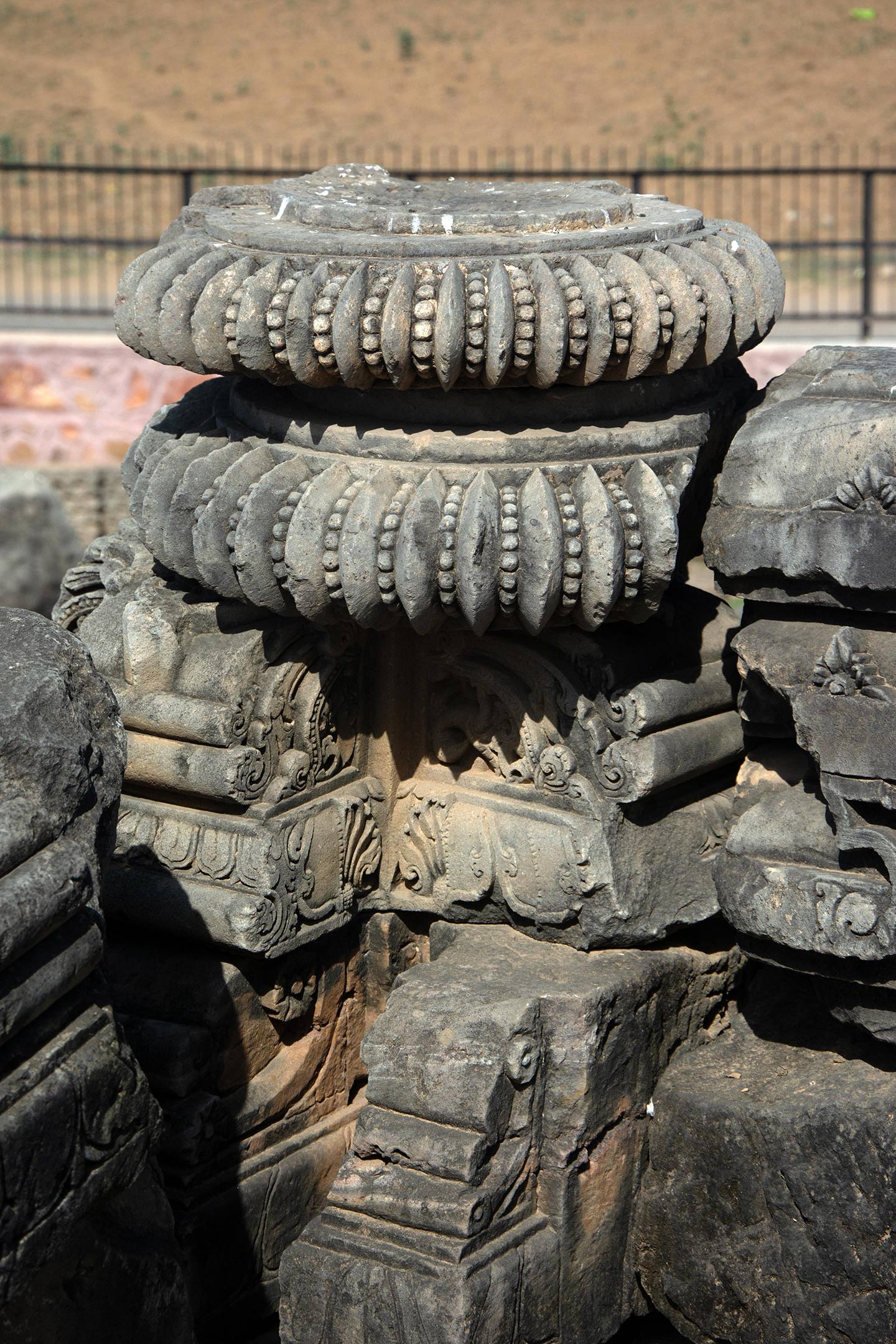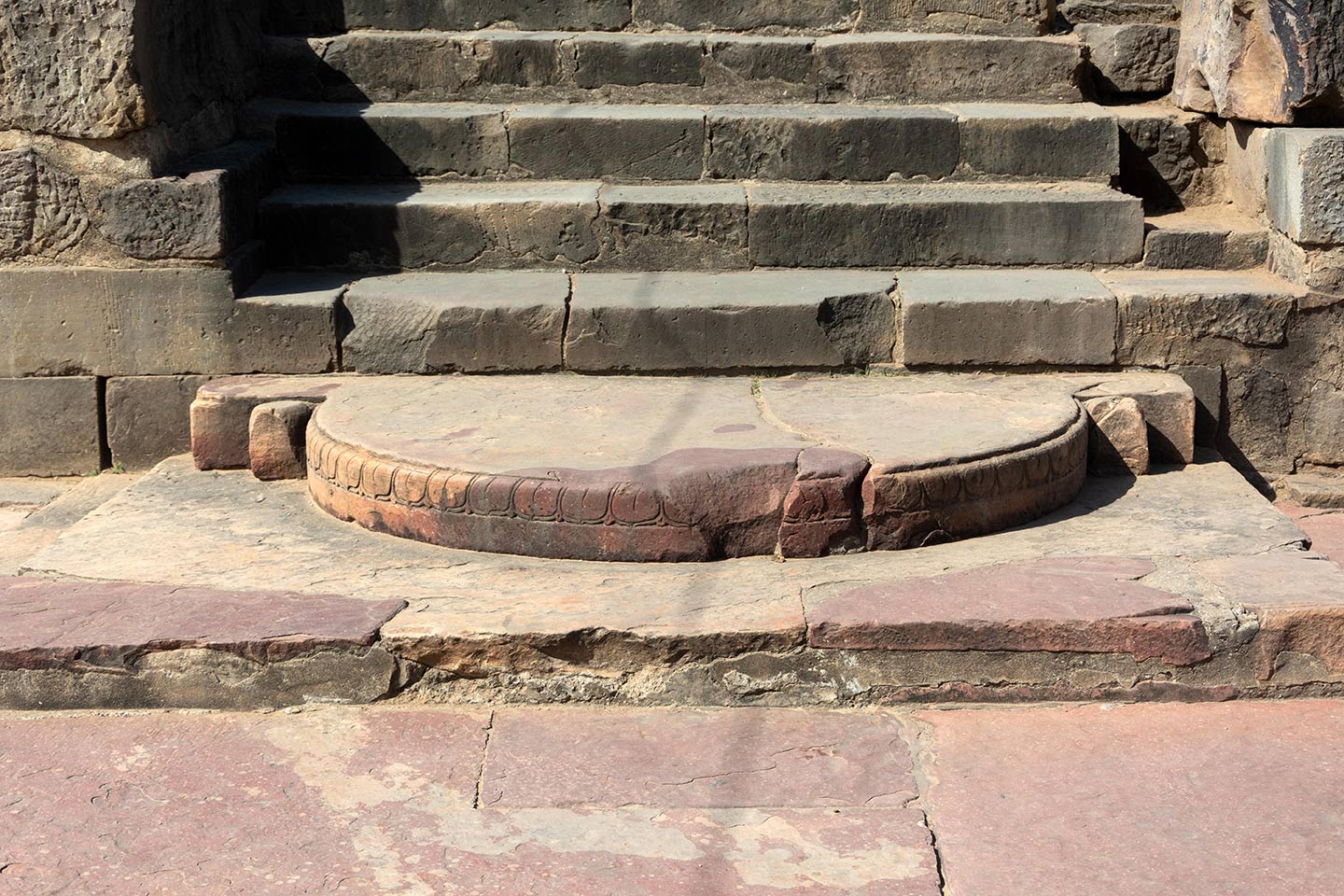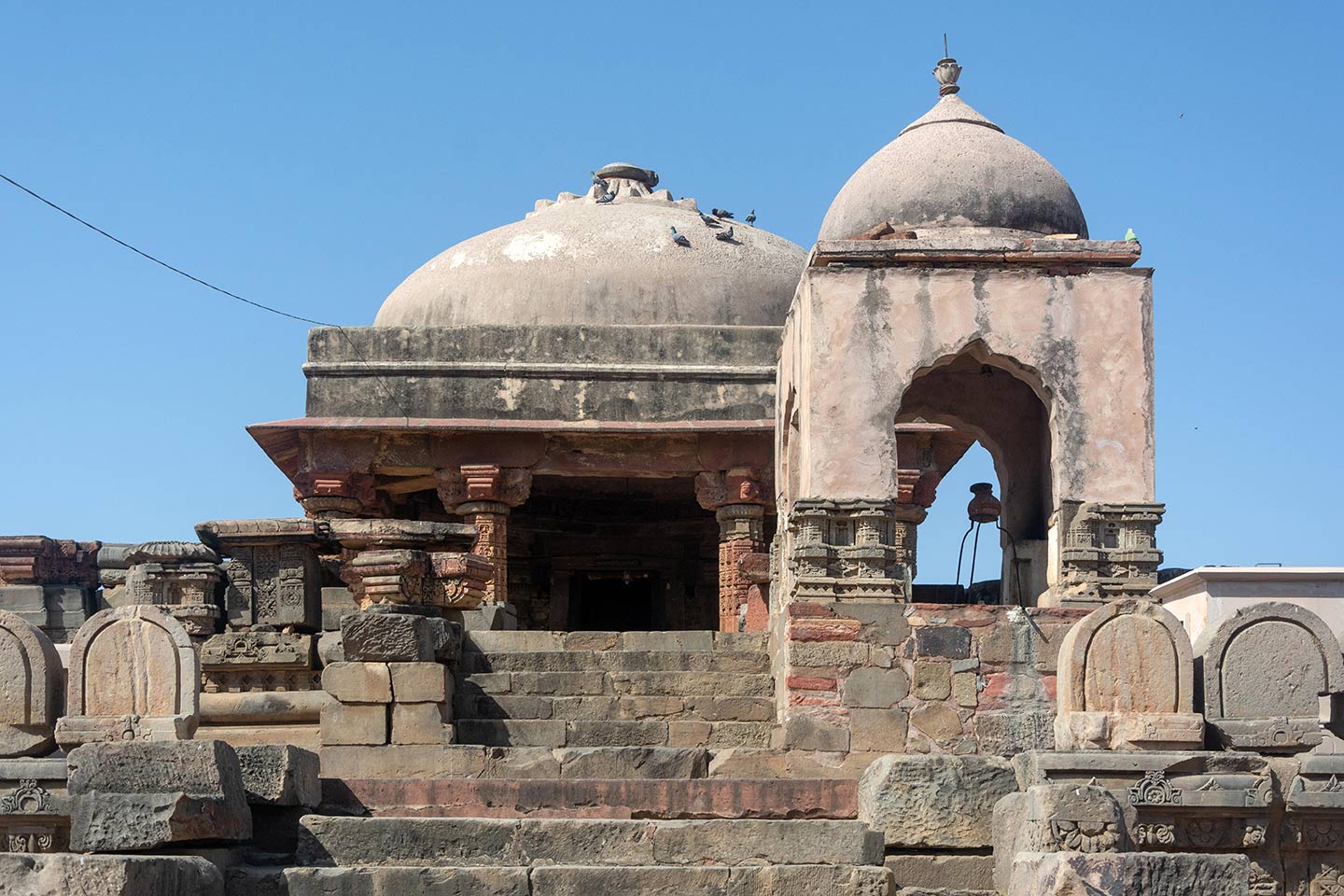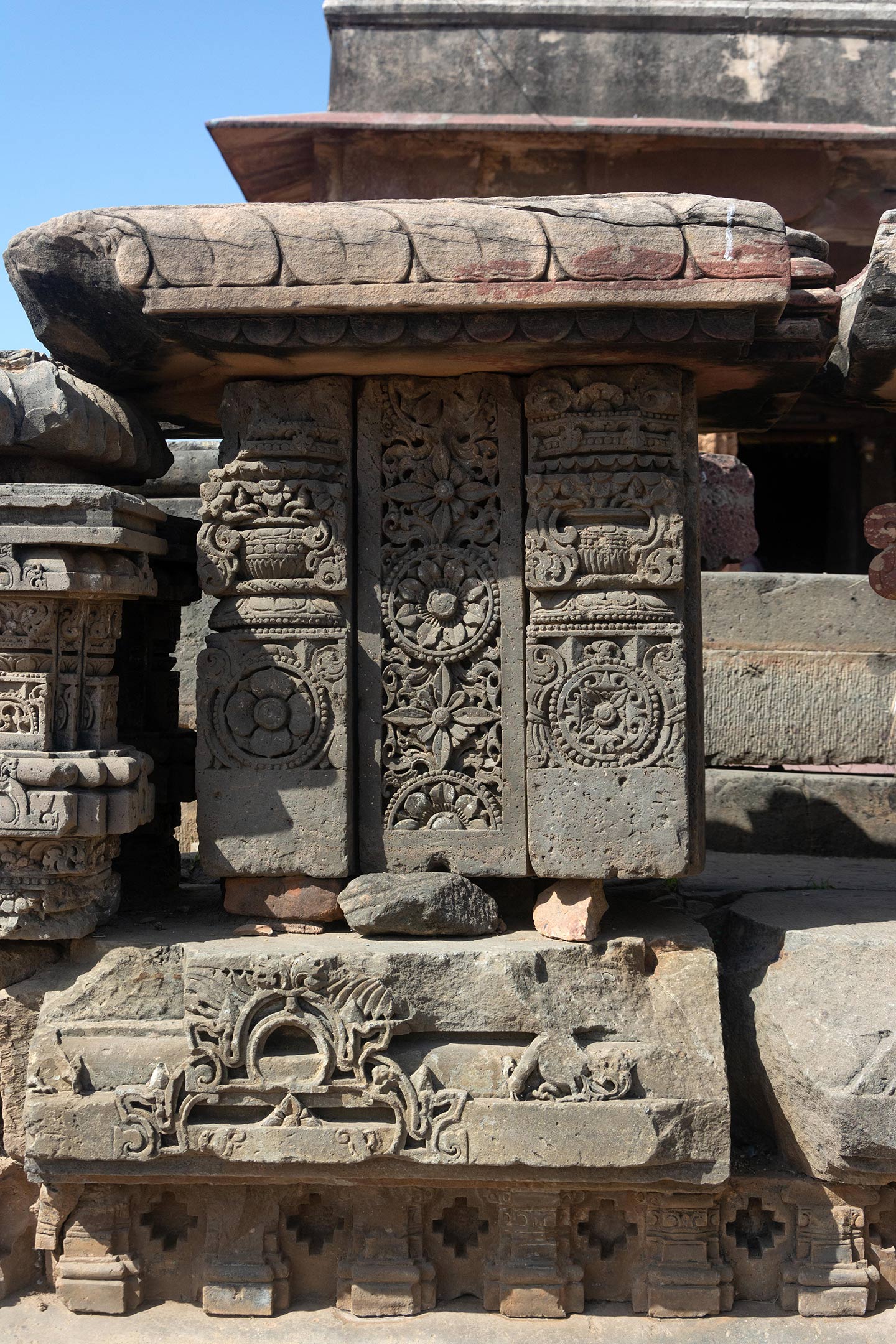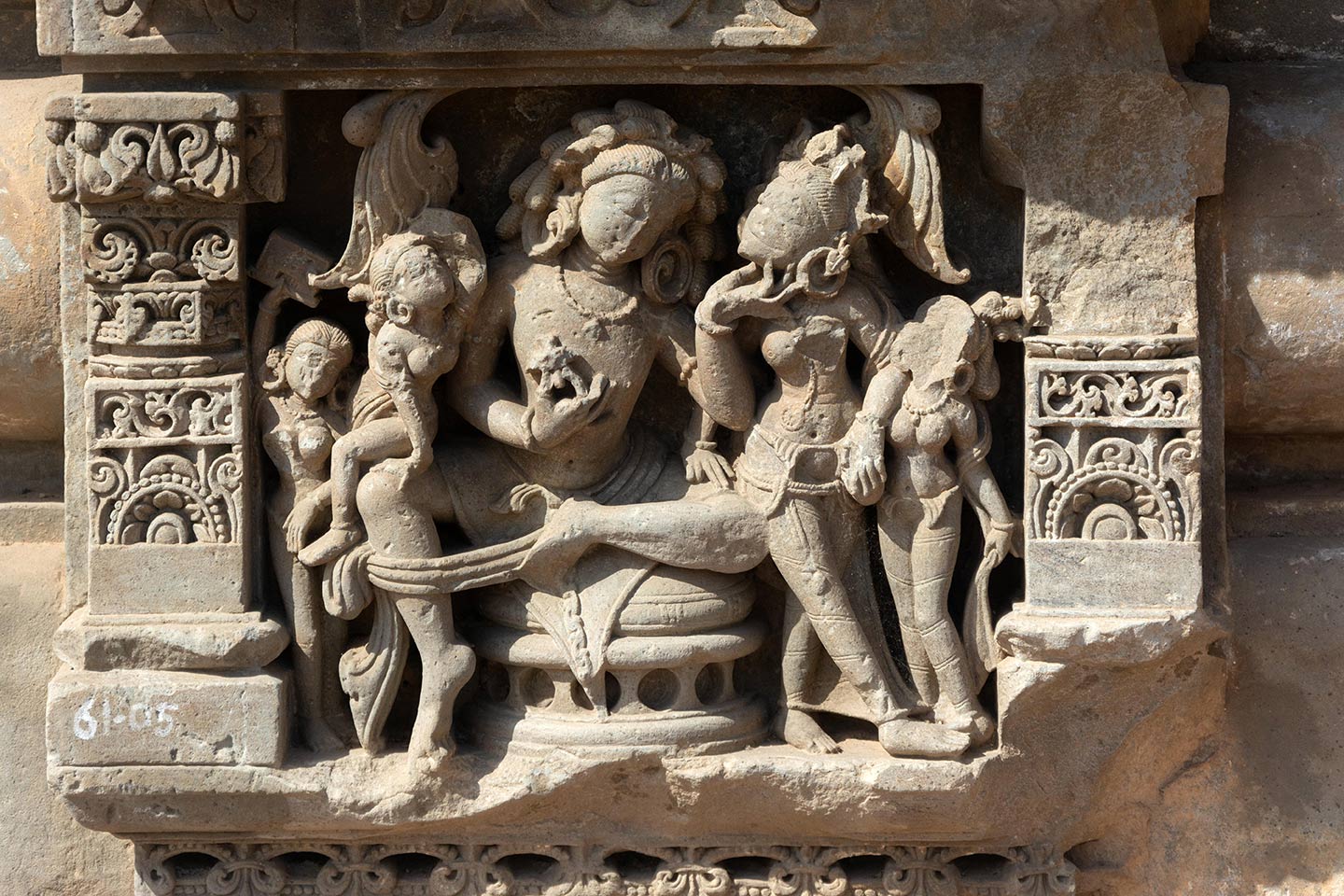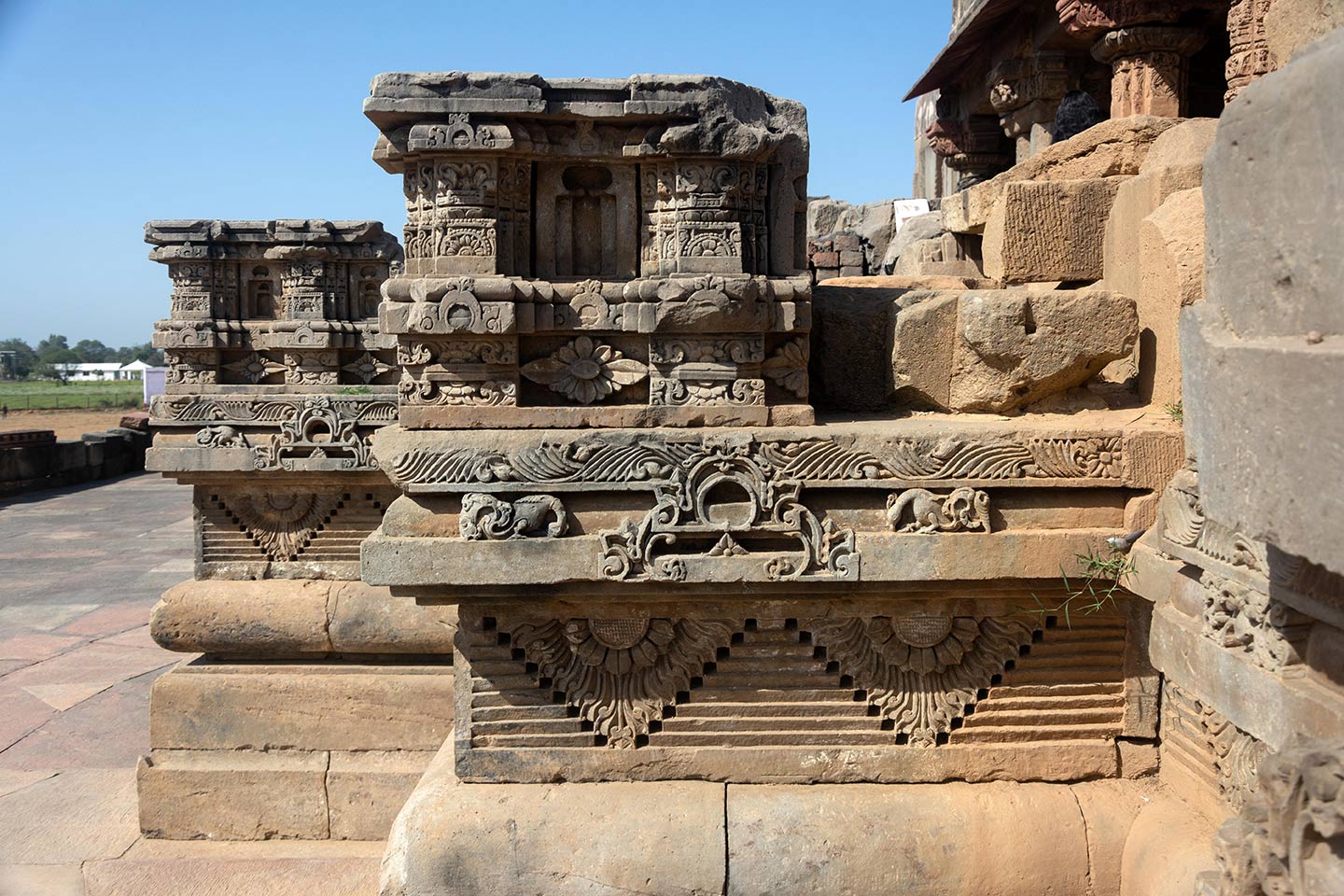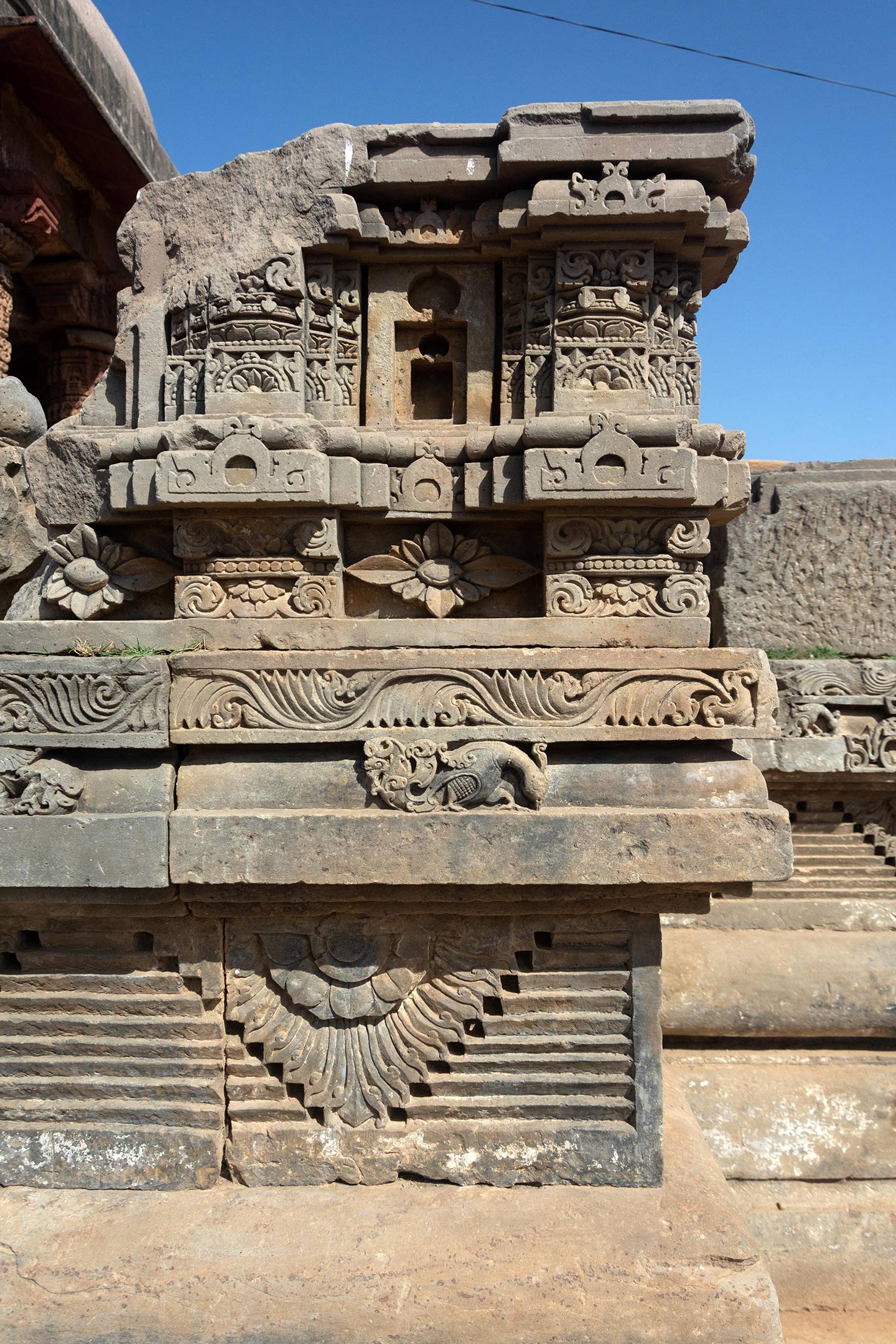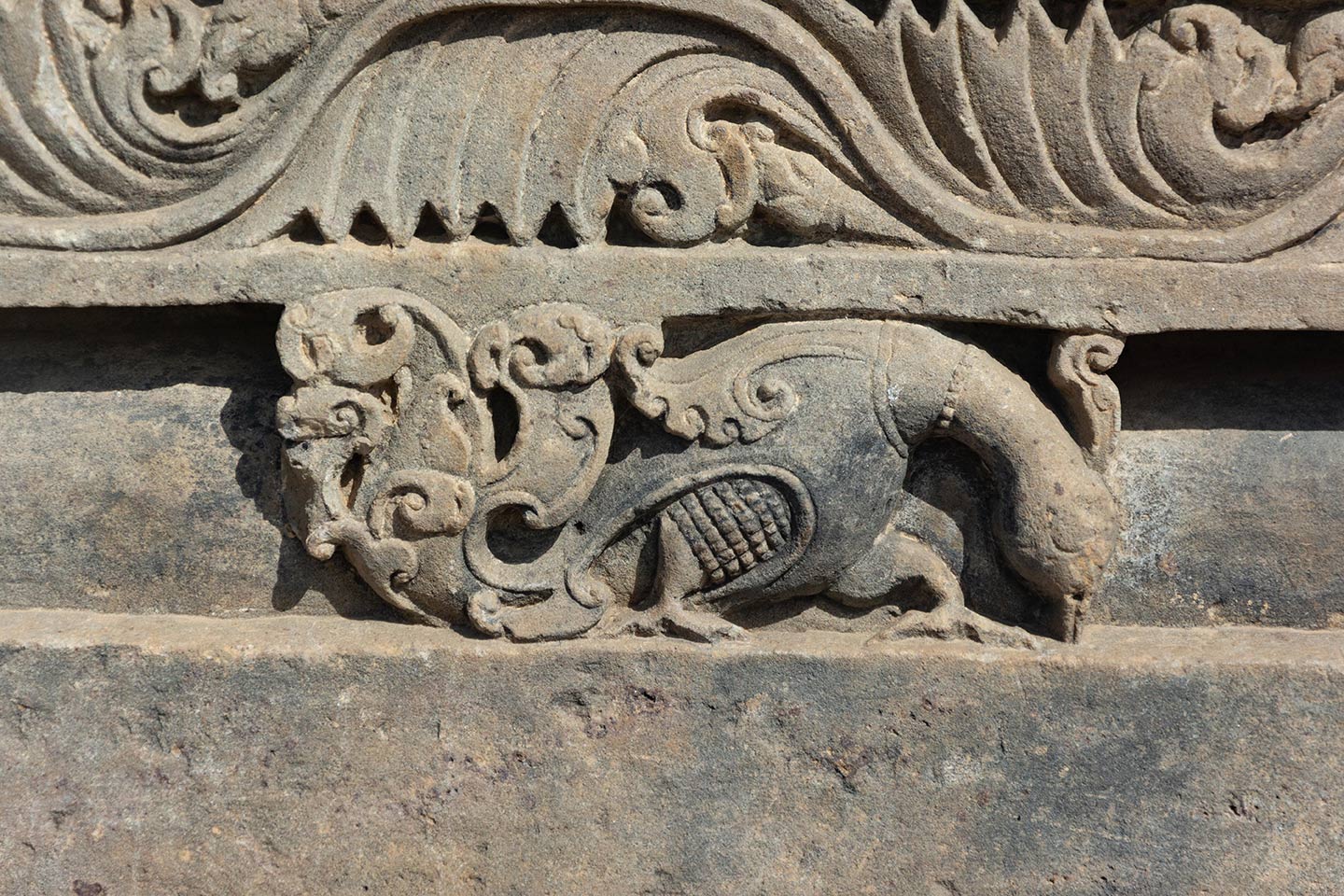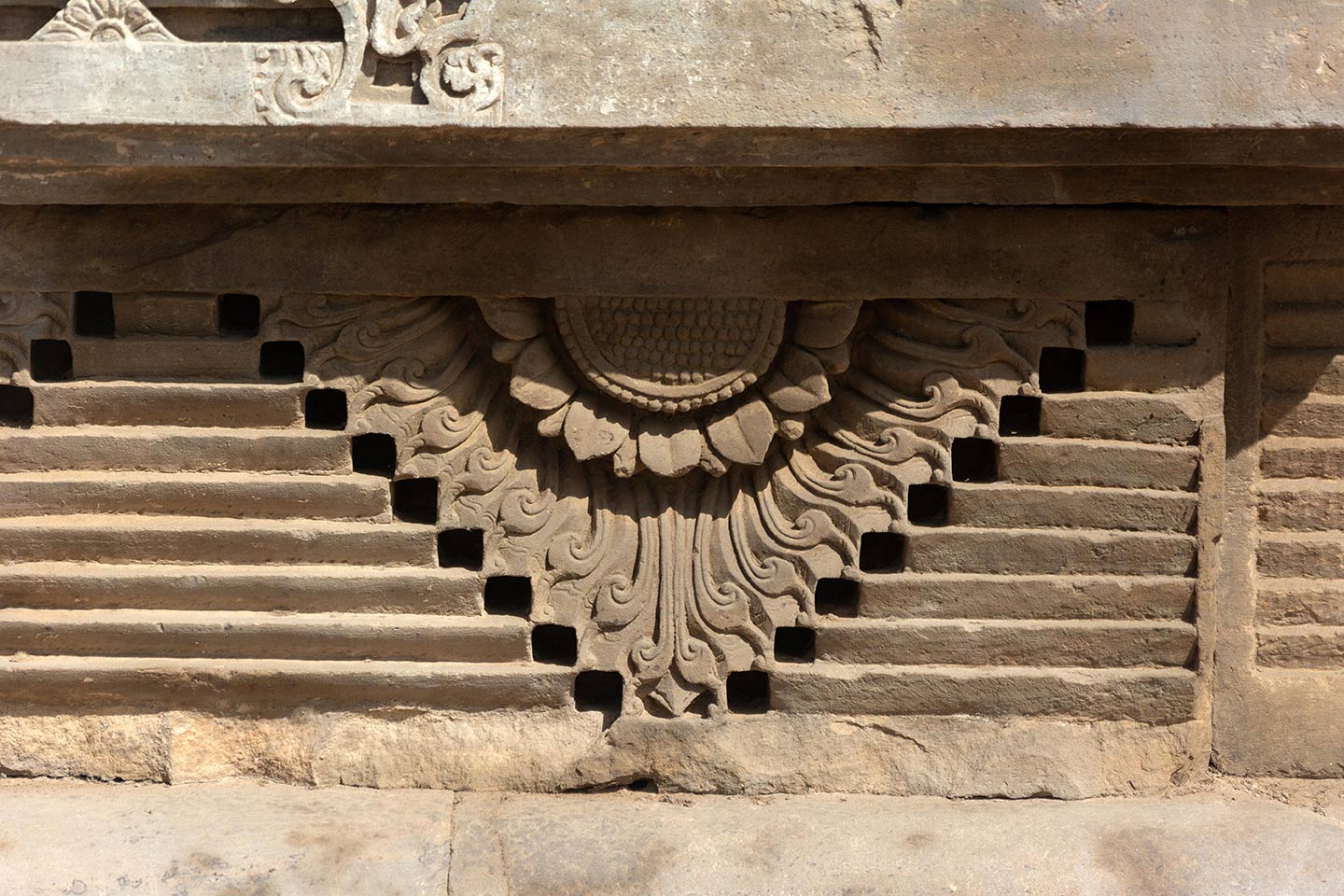Harshatmata Temple: A visual walkthrough
Abhaneri is known for its exquisitely carved sculptures that dot the Harshatmata Temple premises and the Chand Baori stepwell. Despite their current dilapidated state, the structures unfailingly attract viewers, prompting contemplation about the rulers, builders, and visitors of antiquity. The site includes the 9th-century CE Harshatmata Temple and the Chand Baori. Today, the temple worships a modern marble statue of Harshat Mata, also known as Harasiddhi Devi. Despite its ruined state, the site preserves magnificent examples of post-Gupta art development, along with sculptures of Shakta, Shaiva, and Vaishnava orientation. The Shakambhari Chahamanas, the feudatories of the Gurjara-Pratiharas, patronized the construction of the temple in the Maha-Maru style in the 9th century CE. The Archaeological Survey of India (ASI) restored the temple to its modern appearance in the 1940s. Various museums and private collections house the few sculptures that survive in situ. The adjacent Chand Baori also houses a collection of loose sculptures recovered from the site. The premises of the Harshatmata Temple have yielded an abundance of depictions of Parvati, Chamunda, Kshemankari, Durga Mahishasuramardini, Saptamatrika panels, Ganesha, and Karttikeya. Furthermore, the presence of Pradyumna, Aniruddha, and Sankarshana Balarama on the vedibandha (decorative band) suggests Pancharatra worship of Vaikuntha Vishnu. However, the loose shurasenas (warriors) with depictions of Shiva and Durga also indicate a Shakta orientation. Many of these Shakta sculptures, such as Chamunda and Kshemankari, bear stylistic similarities to those seen at the 10th century Ambika Temple in Jagat. Notably, the site has also provided two Jaina images. One of these is a life-sized fragmentary sculpture of Parshvanatha, which closely resembles the Deogarh-Gupta tradition. The other is a smaller architectural fragment depicting a Jina in the Kayotsarga pose.
Apart from the loose sculptures, many are still present at the mancha level (raised platform) and in the gudhamandapa (inner sanctum) of the temple. The mancha boasts elegant representations of courtly pleasure, along with a possible depiction of Kamadeva. The gudhamandapa also depicts scenes of Linga worship and episodes from Krishna’s life, such as Kaliyamardana (an episode from Hindu mythology where Lord Krishna subdues the serpent Kaliya) as well as Keshinisudana (an episode where Lord Krishna defeats the demon Keshi). Other sculptures from the gudhamandapa also include Trivikrama Vishnu, Narasimha, Varaha, Aniruddha, Surya, and Shiva Natesha, as well as musicians and dancers. The lalatabimba (central lintel) did not survive; however, other lintels from the temple include depictions of Trideva and Shiva-Gauri.
The iconography of Abhaneri's sculptures positions this temple at a nexus, connecting it to the worship patterns and developments of the time under the patronage of the Gurjara-Pratihara. The Harshatmata Temple is a remarkable example not only of stylistic developments during this time, but also of connected worship patterns in the region.
